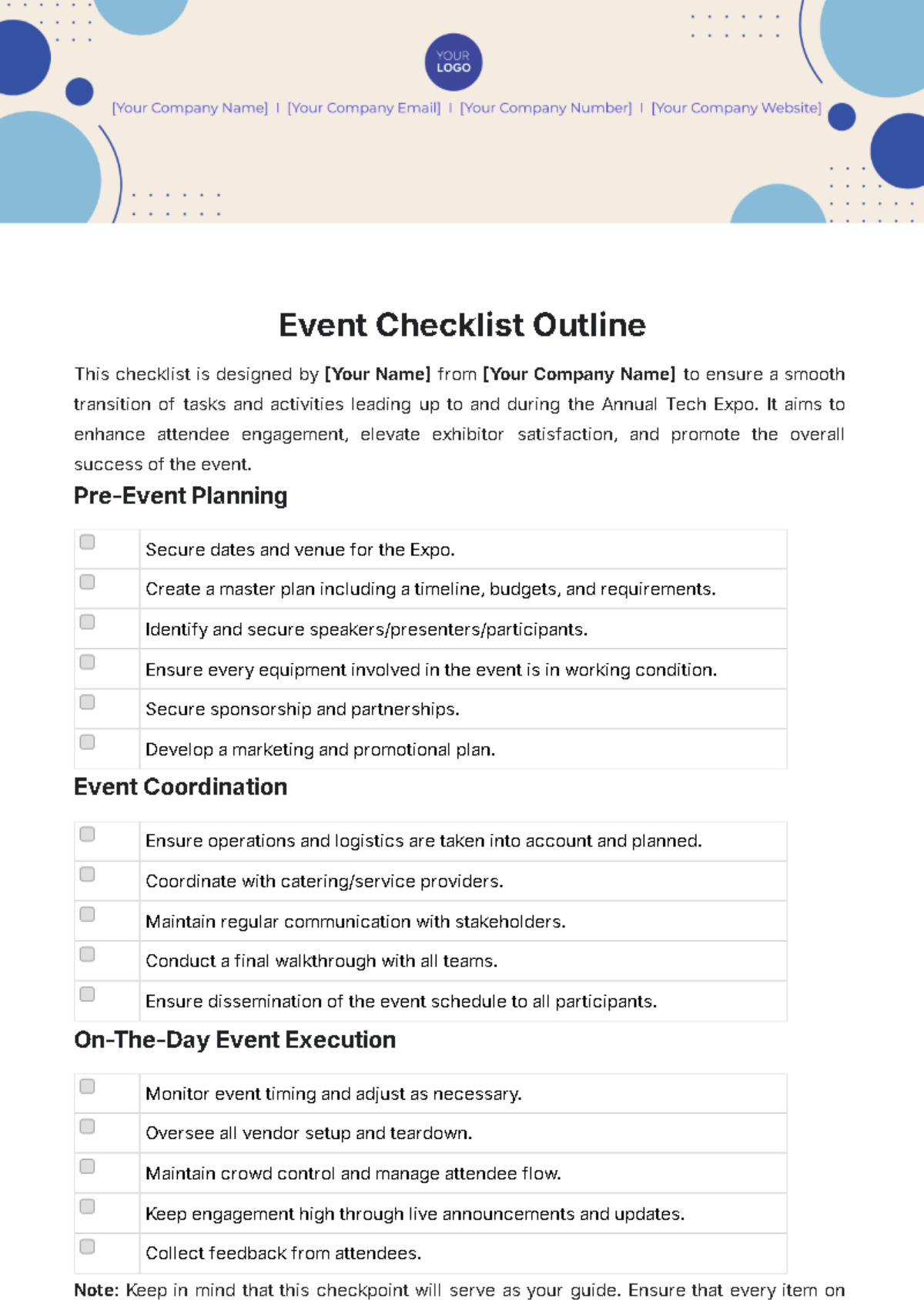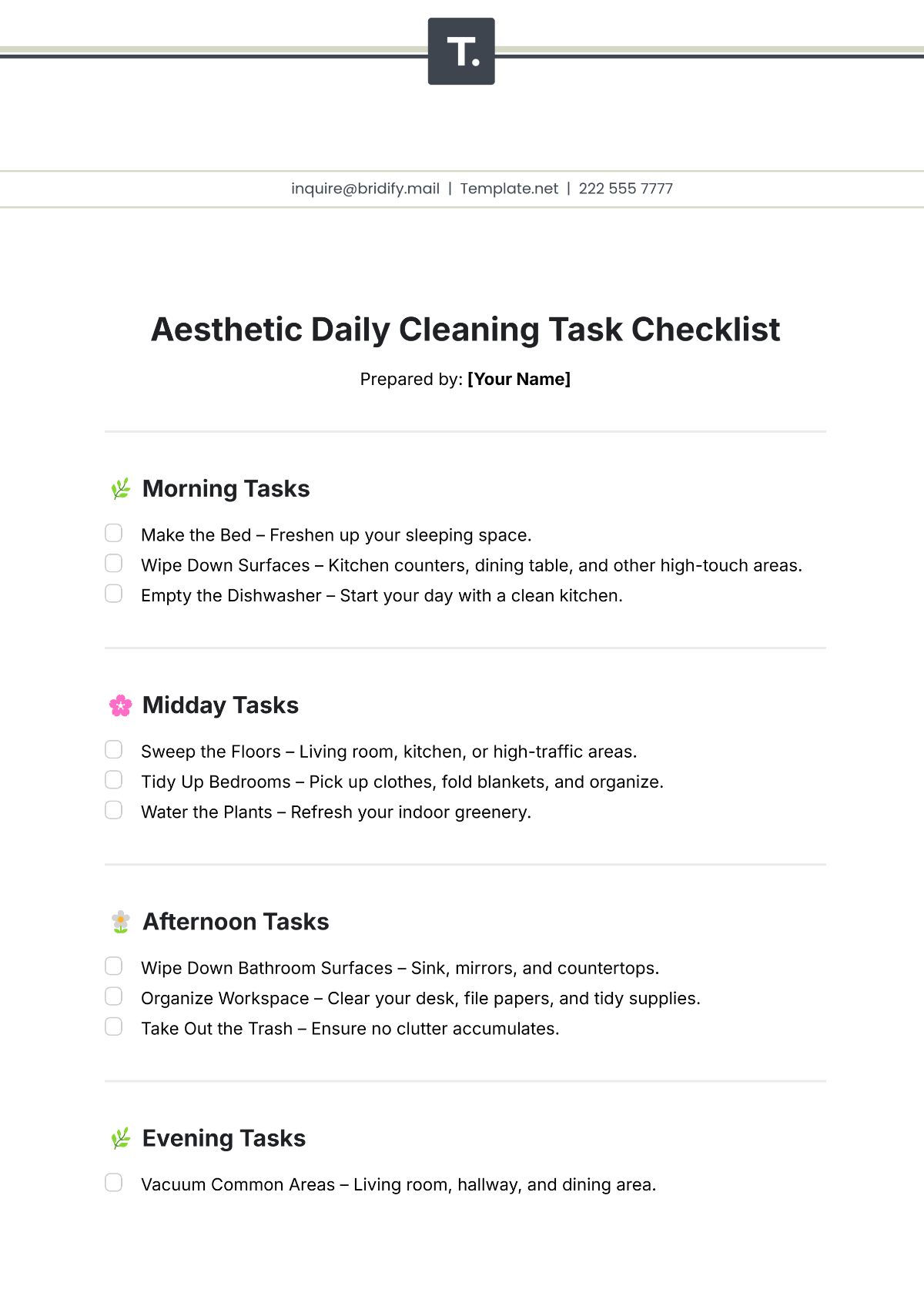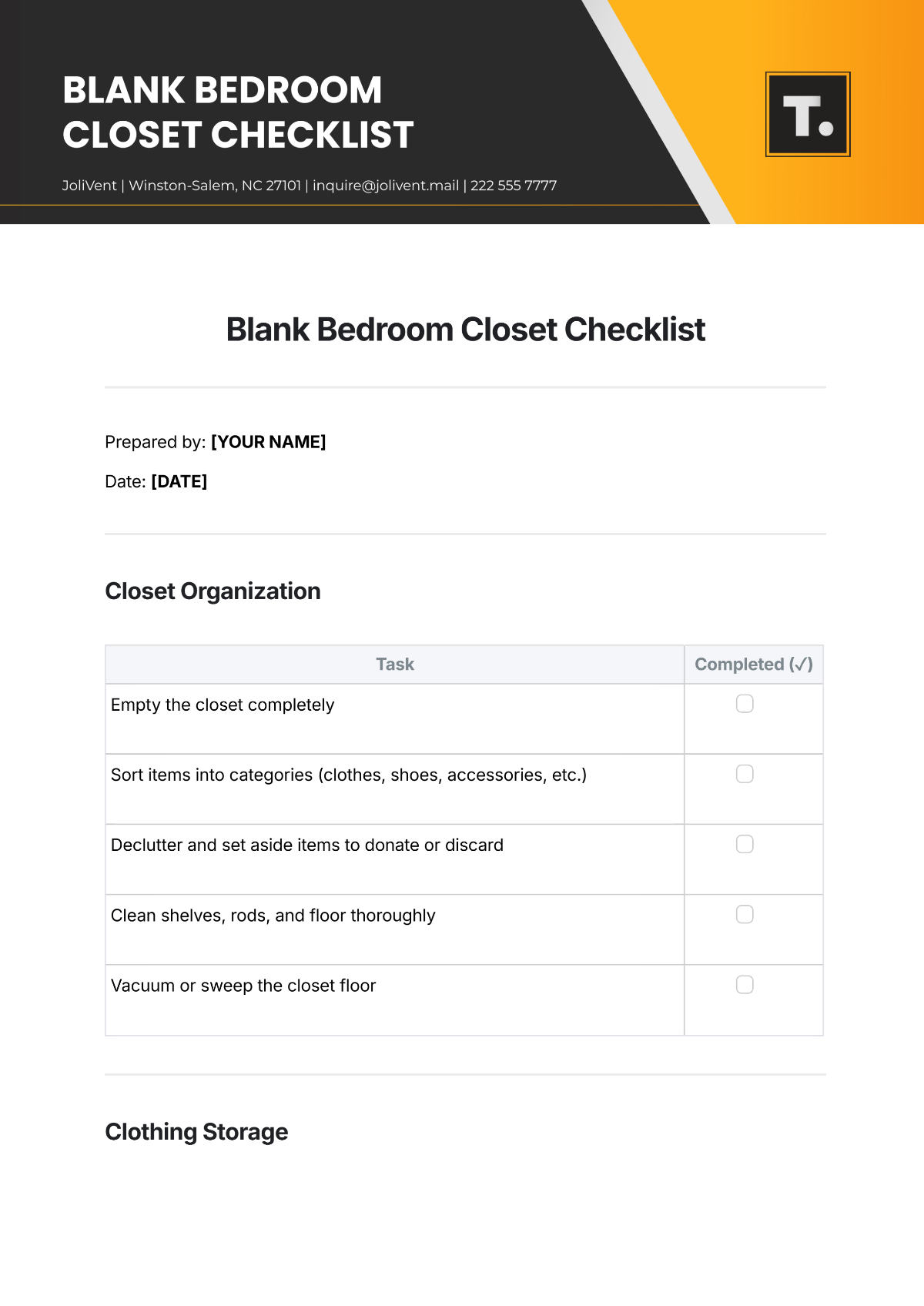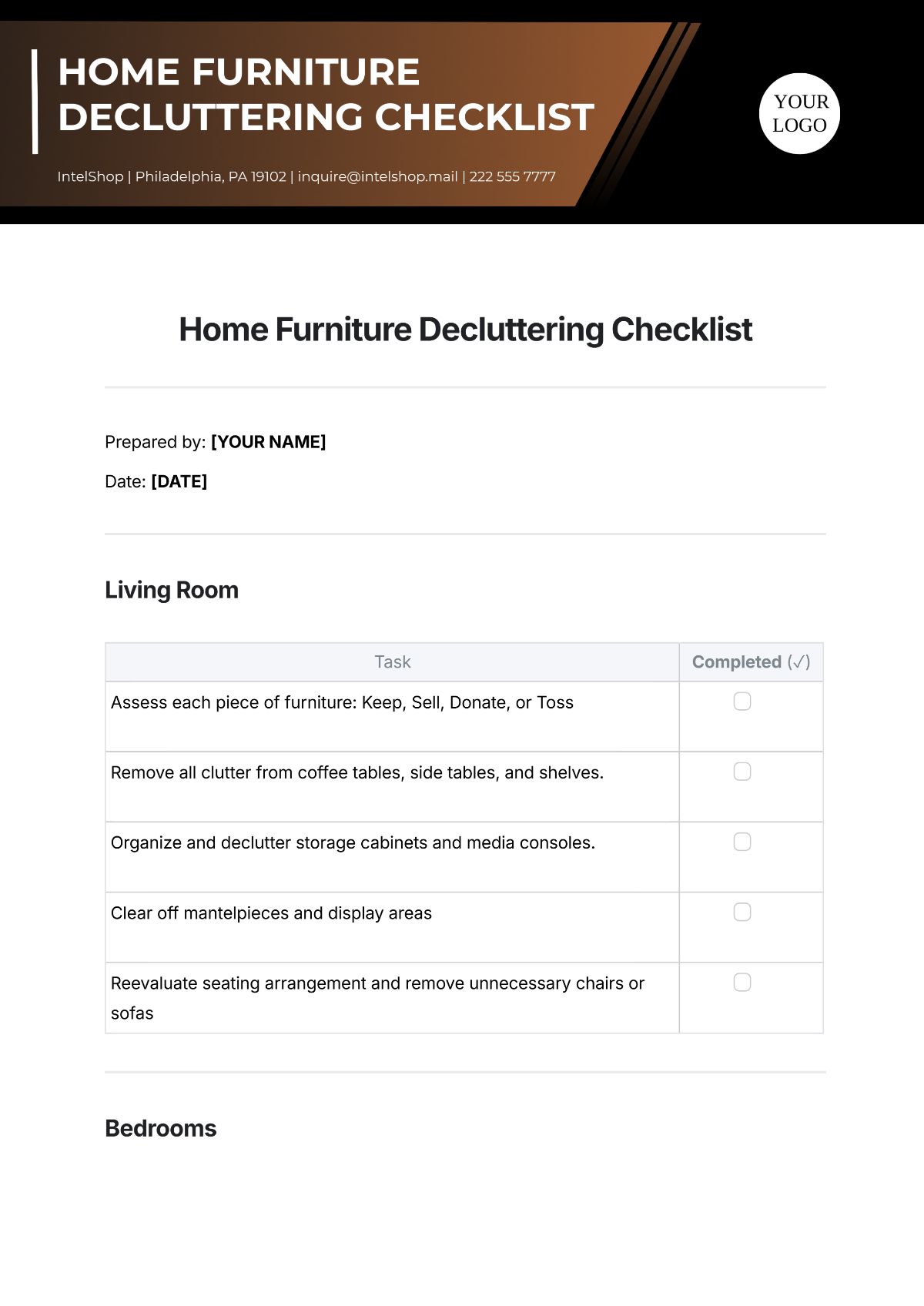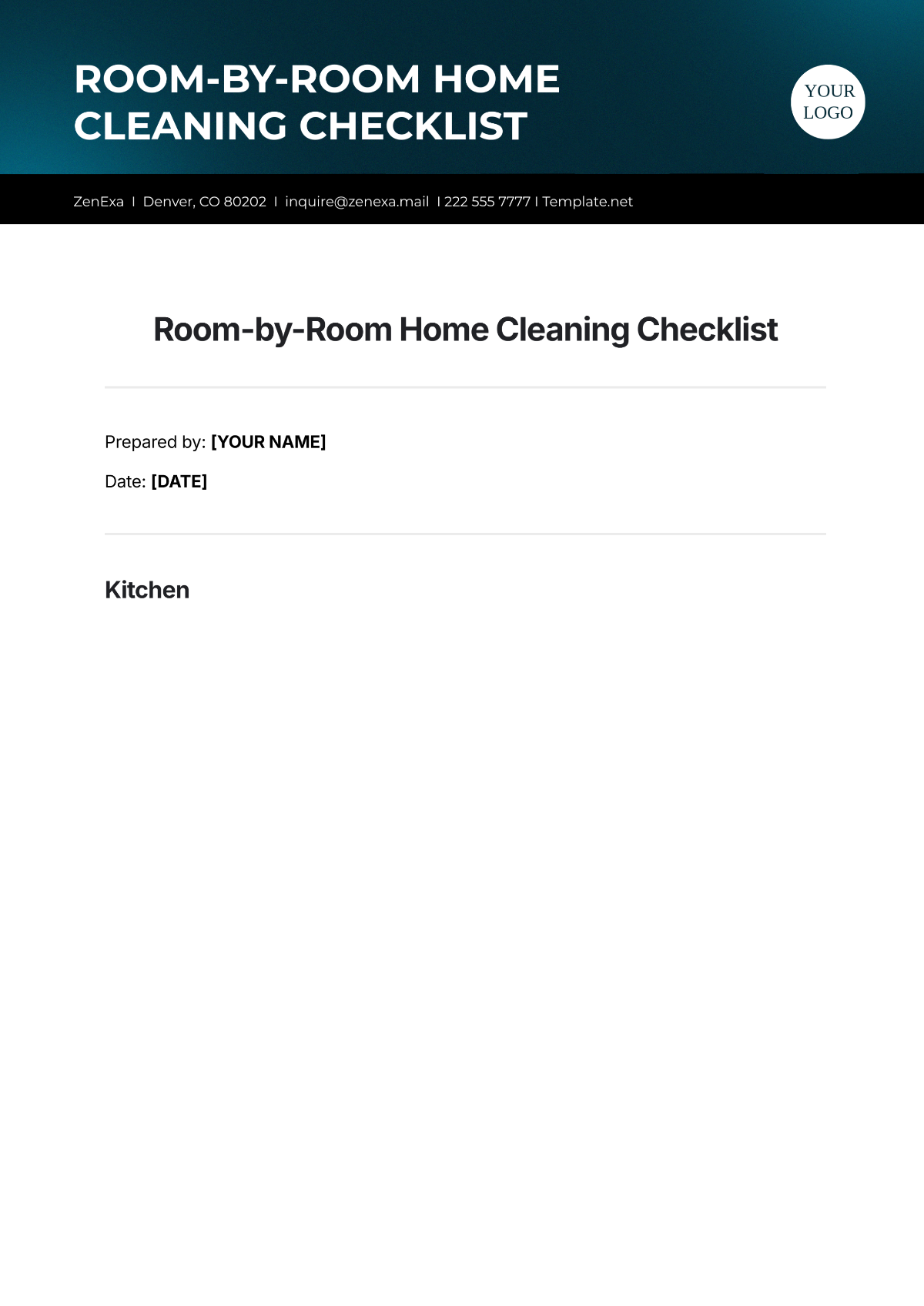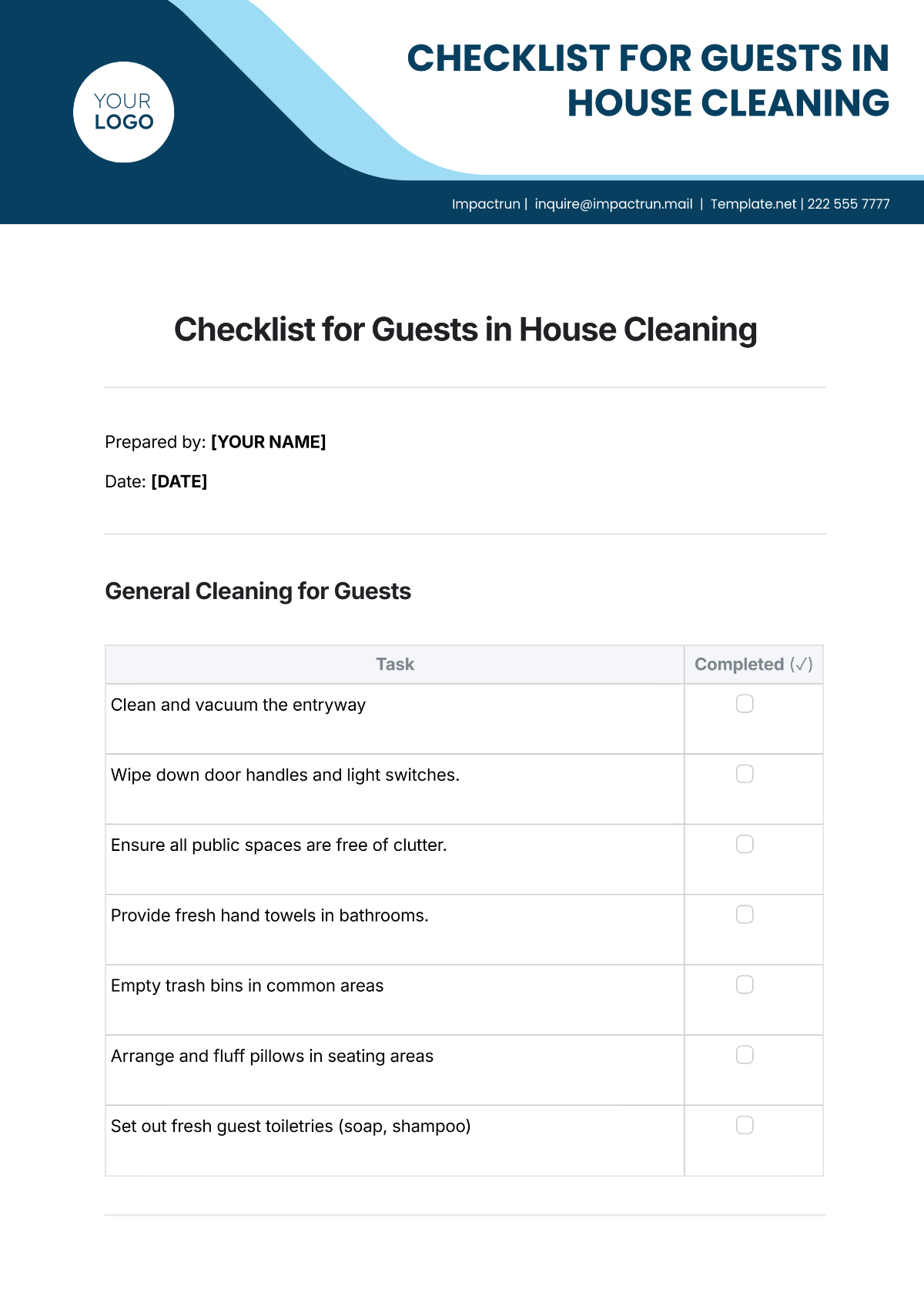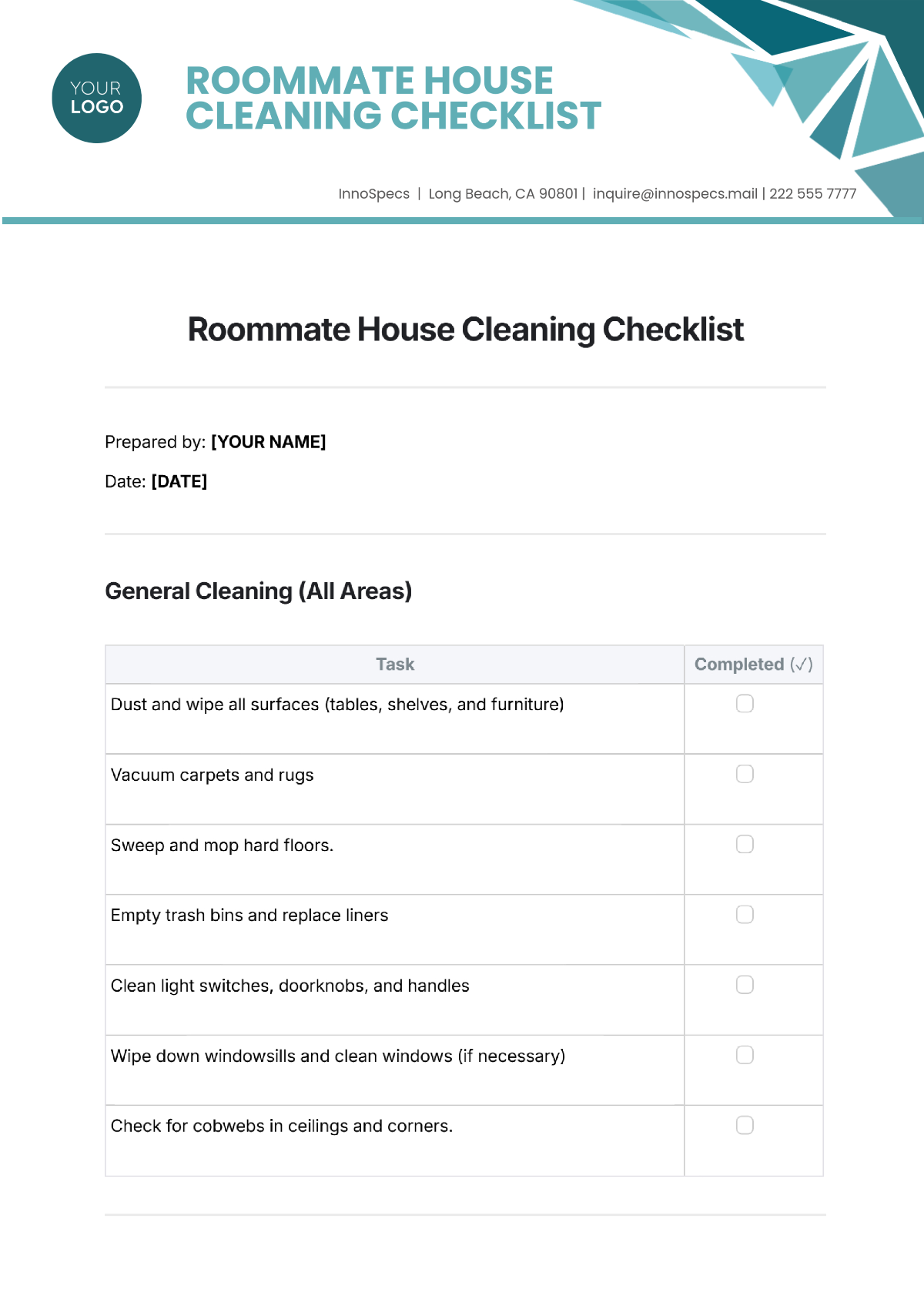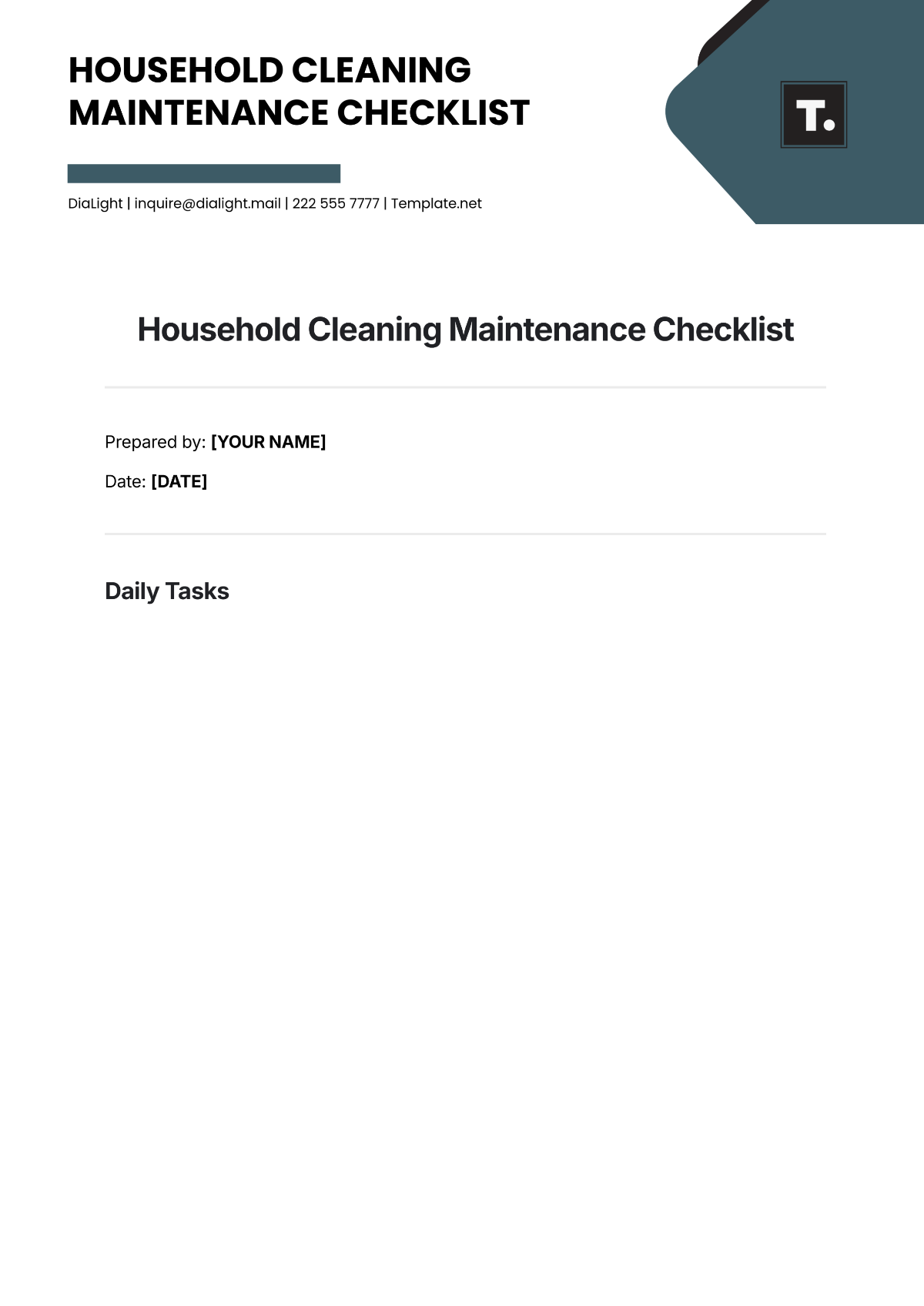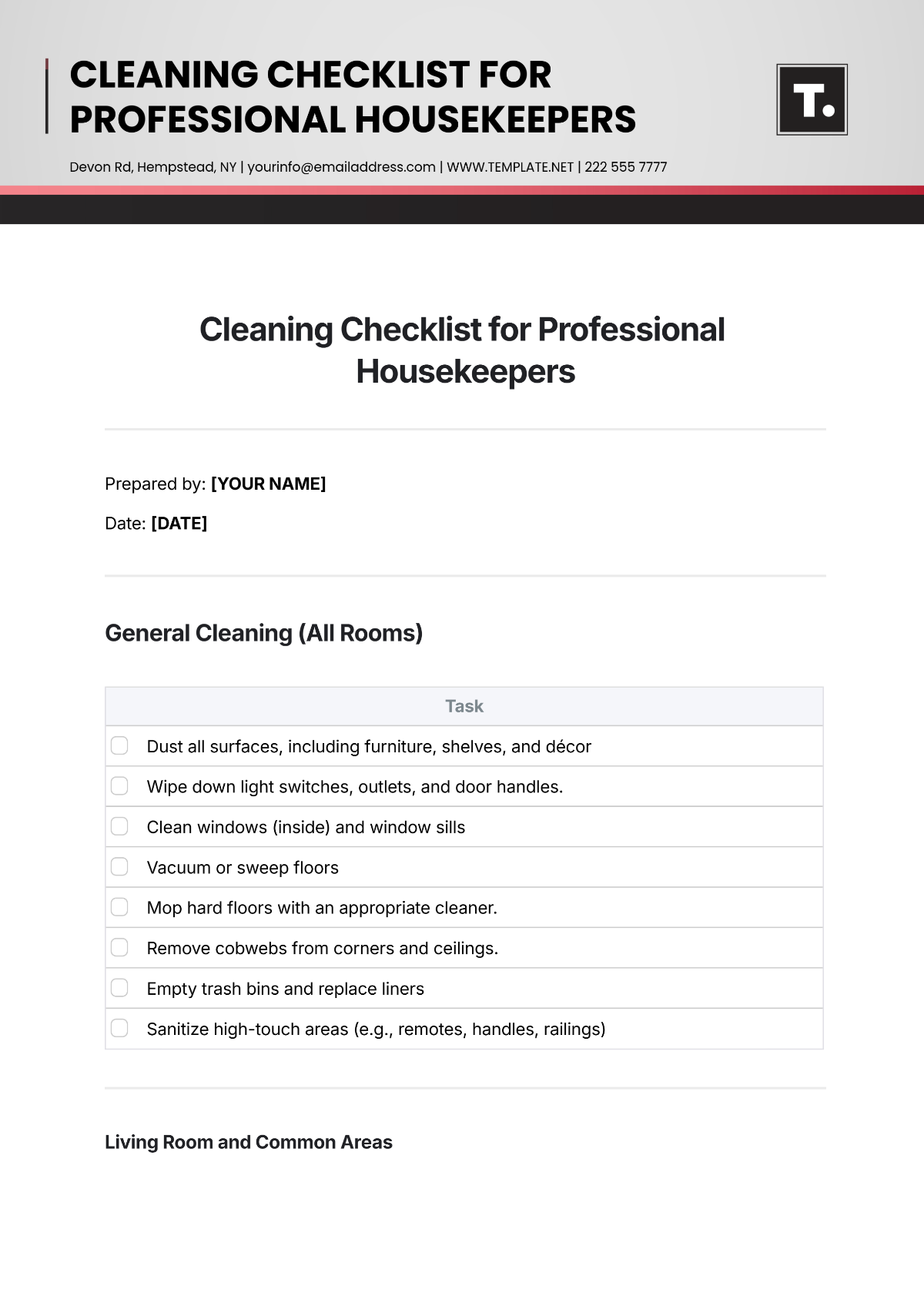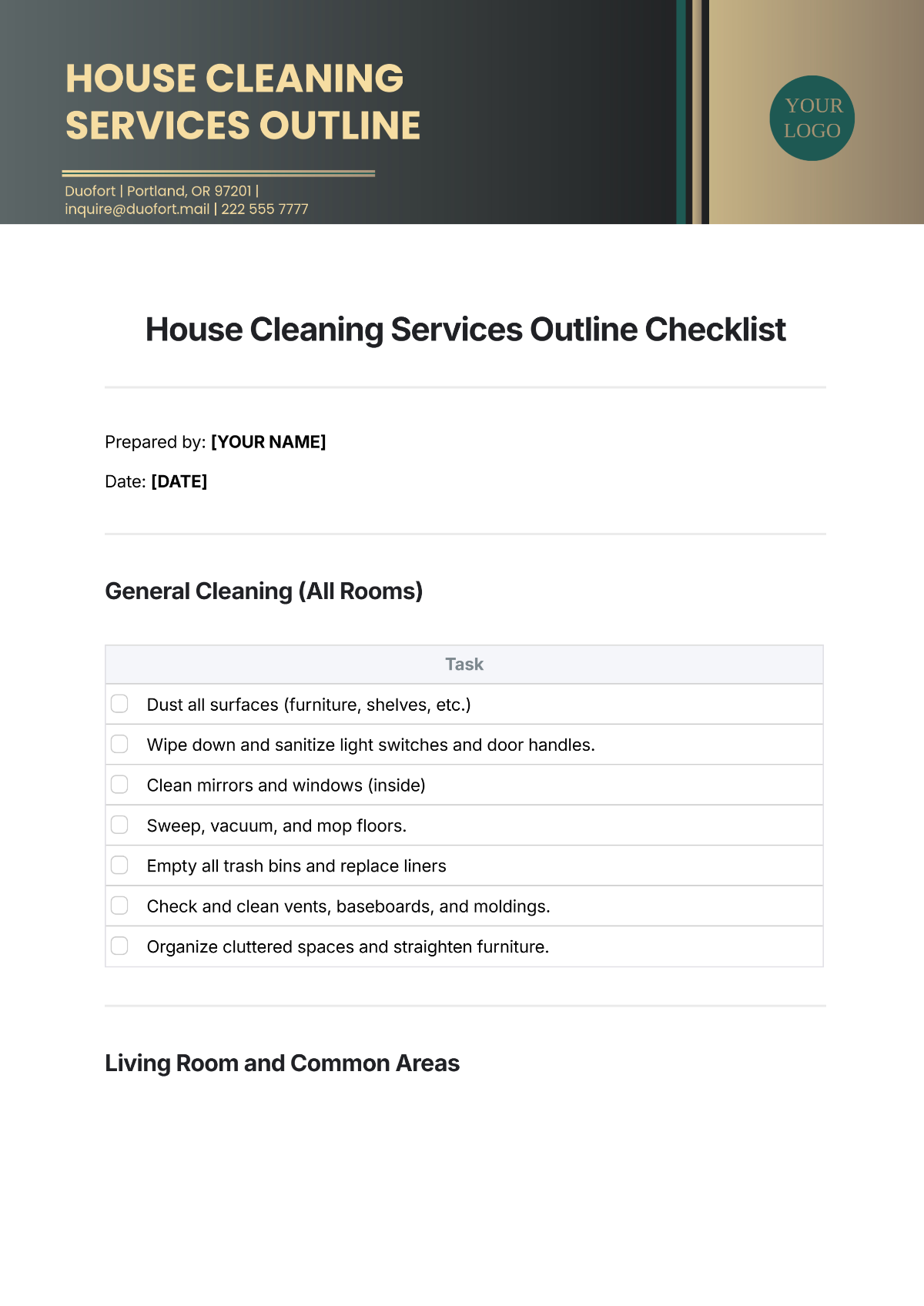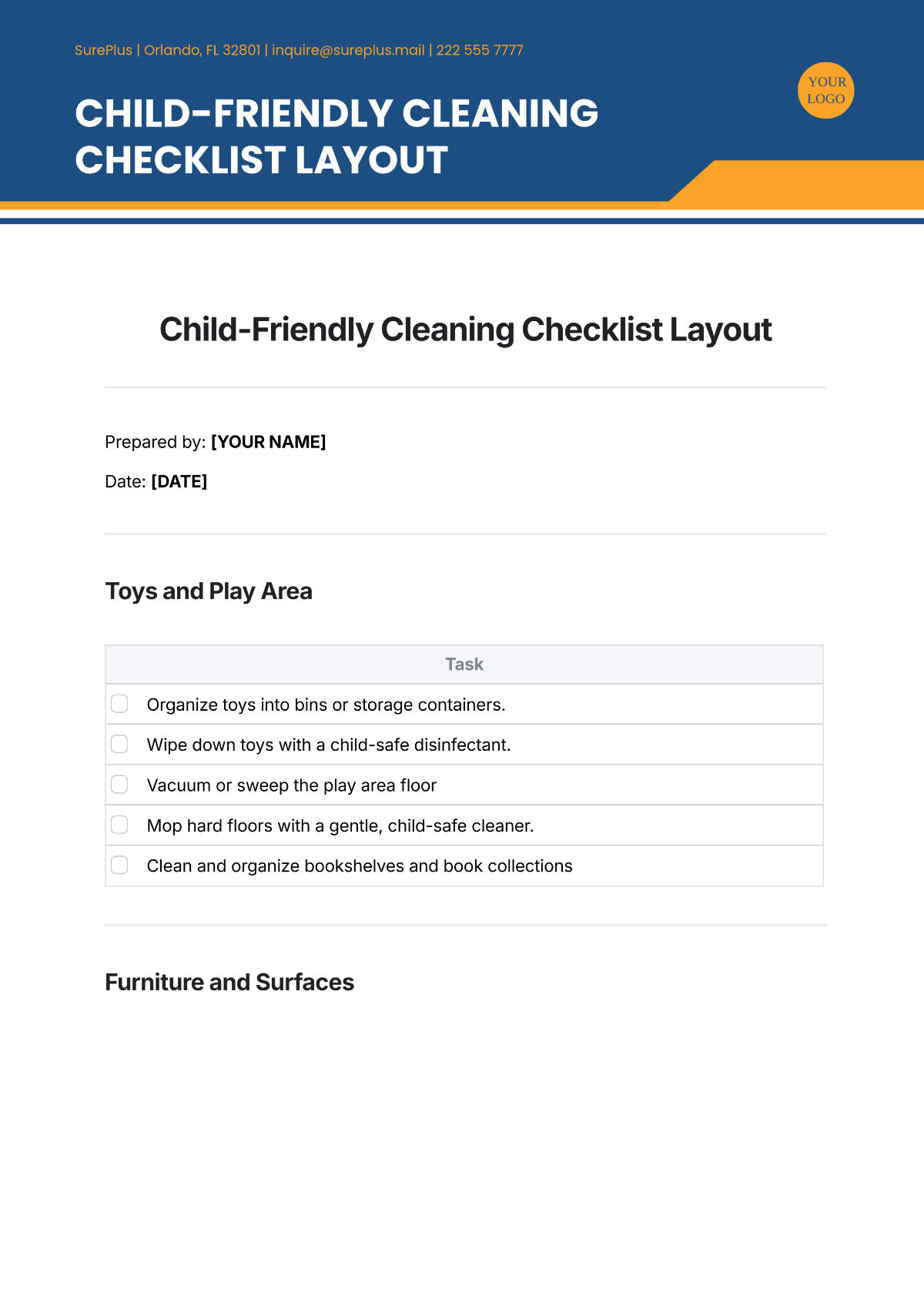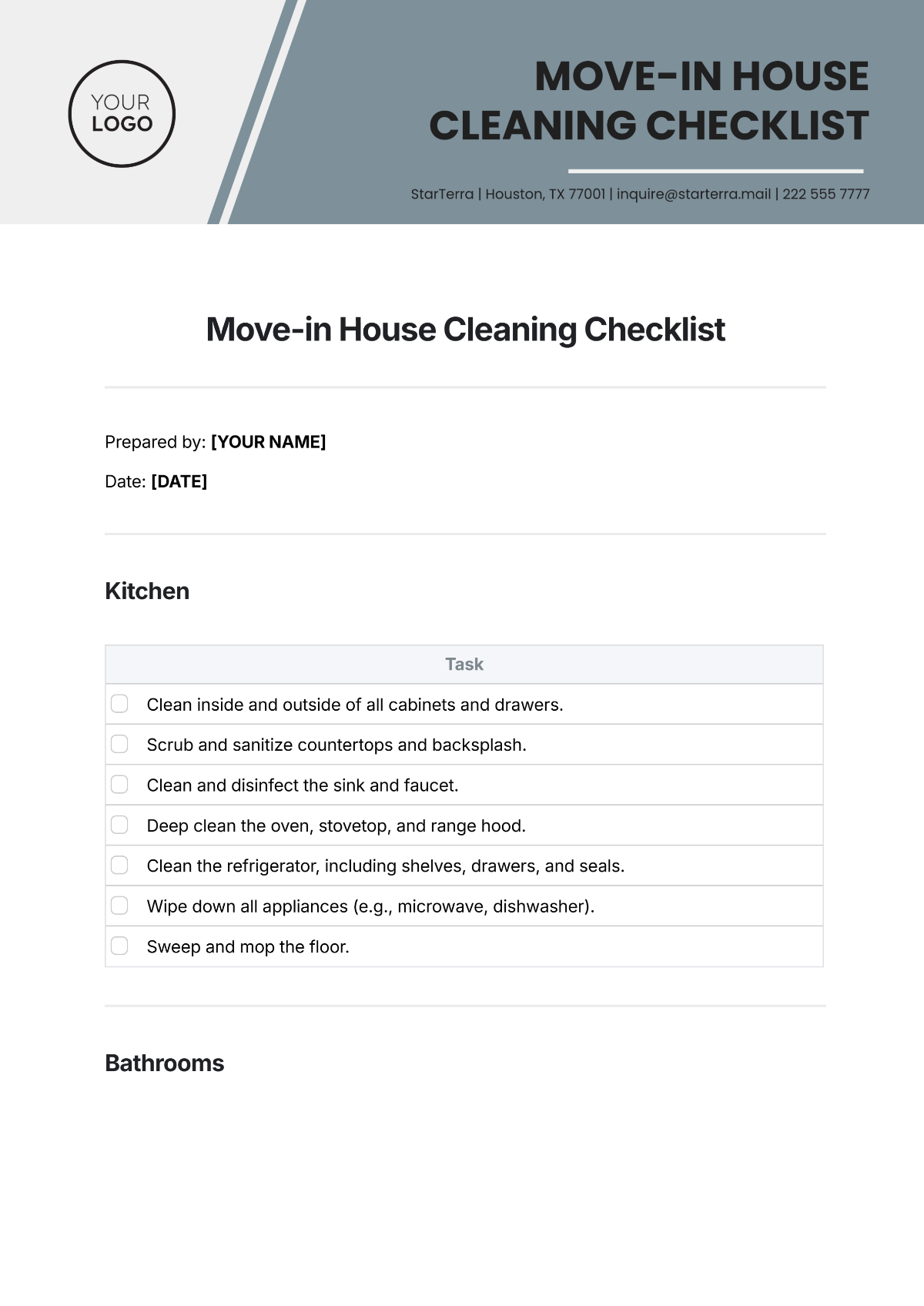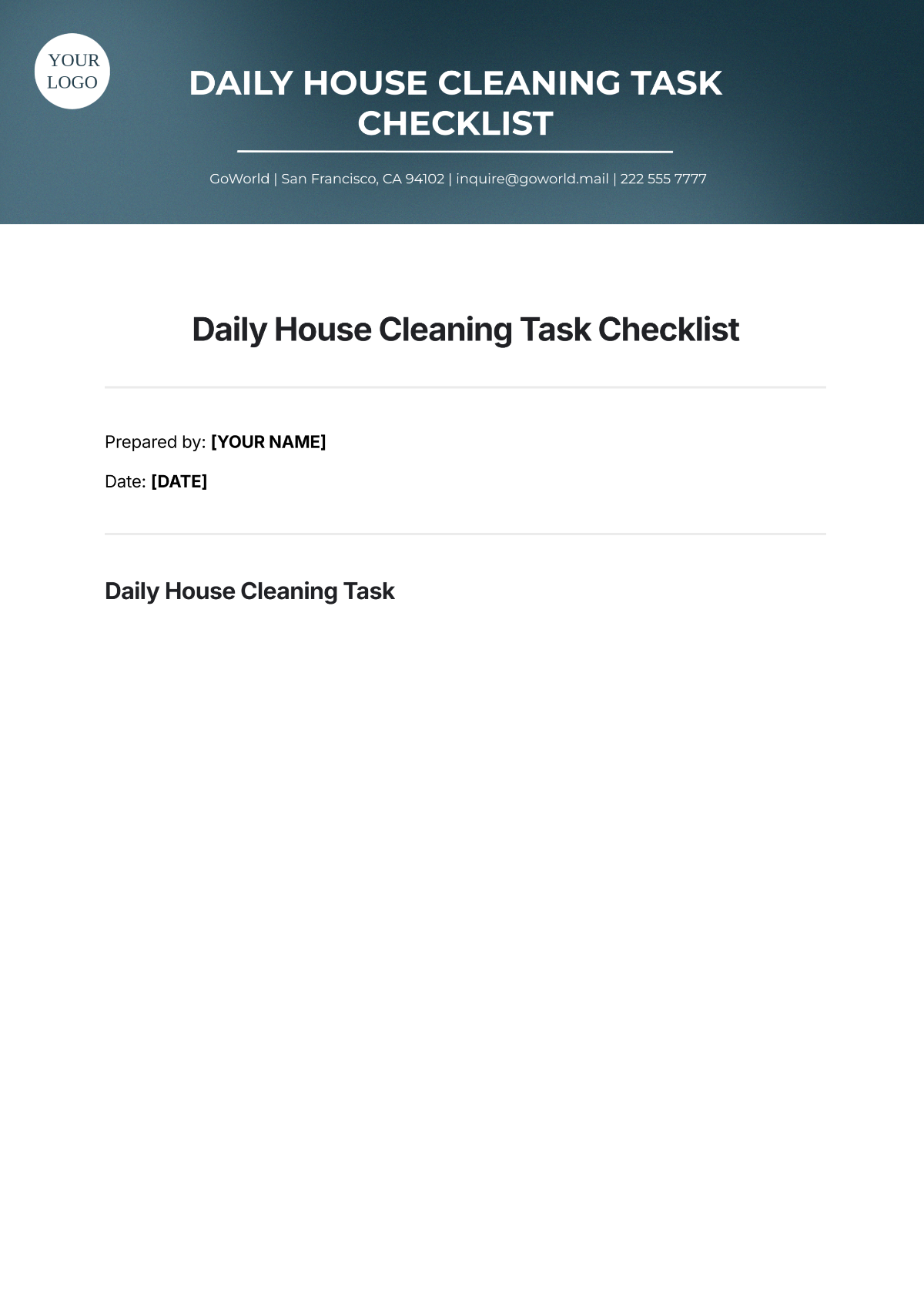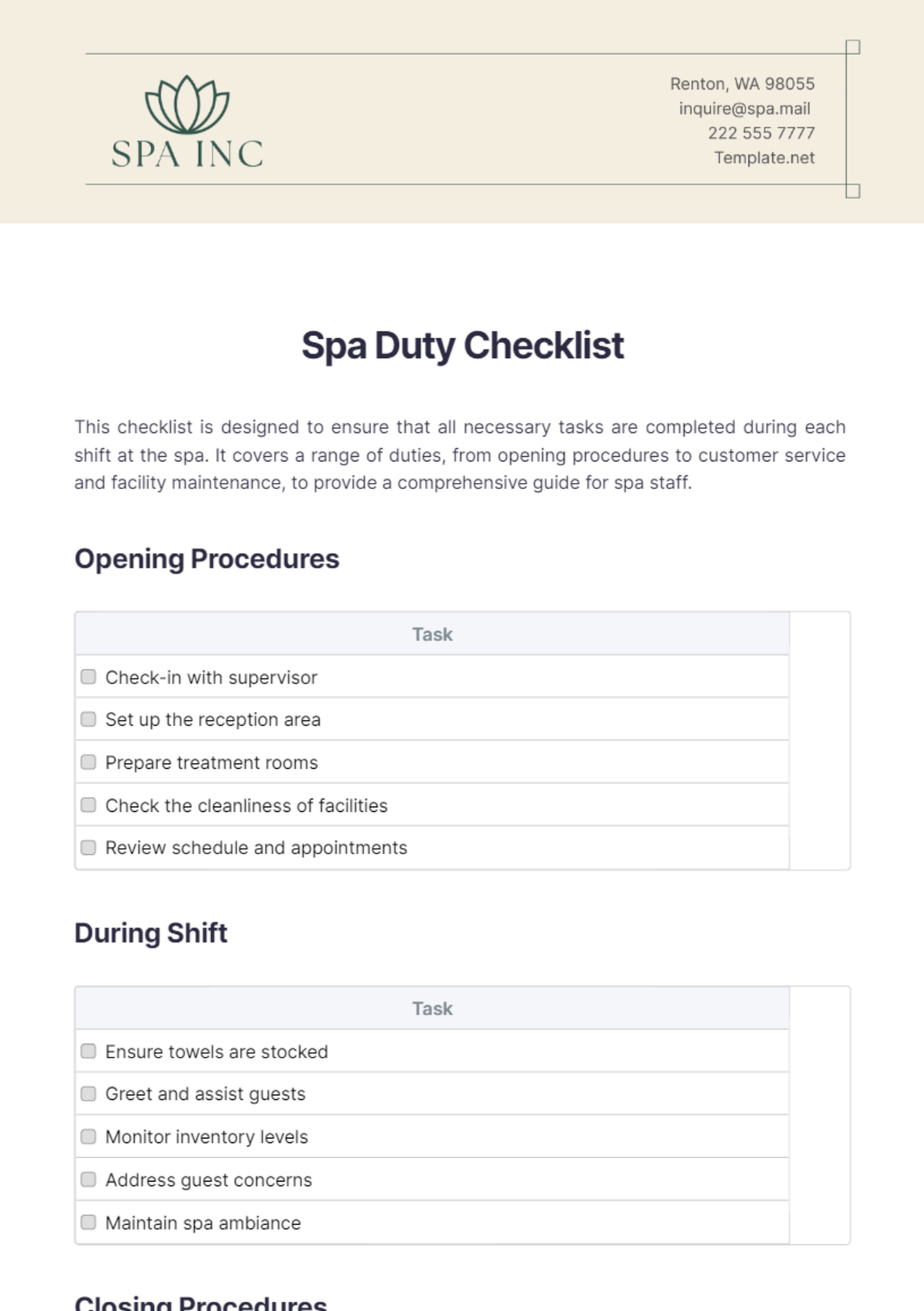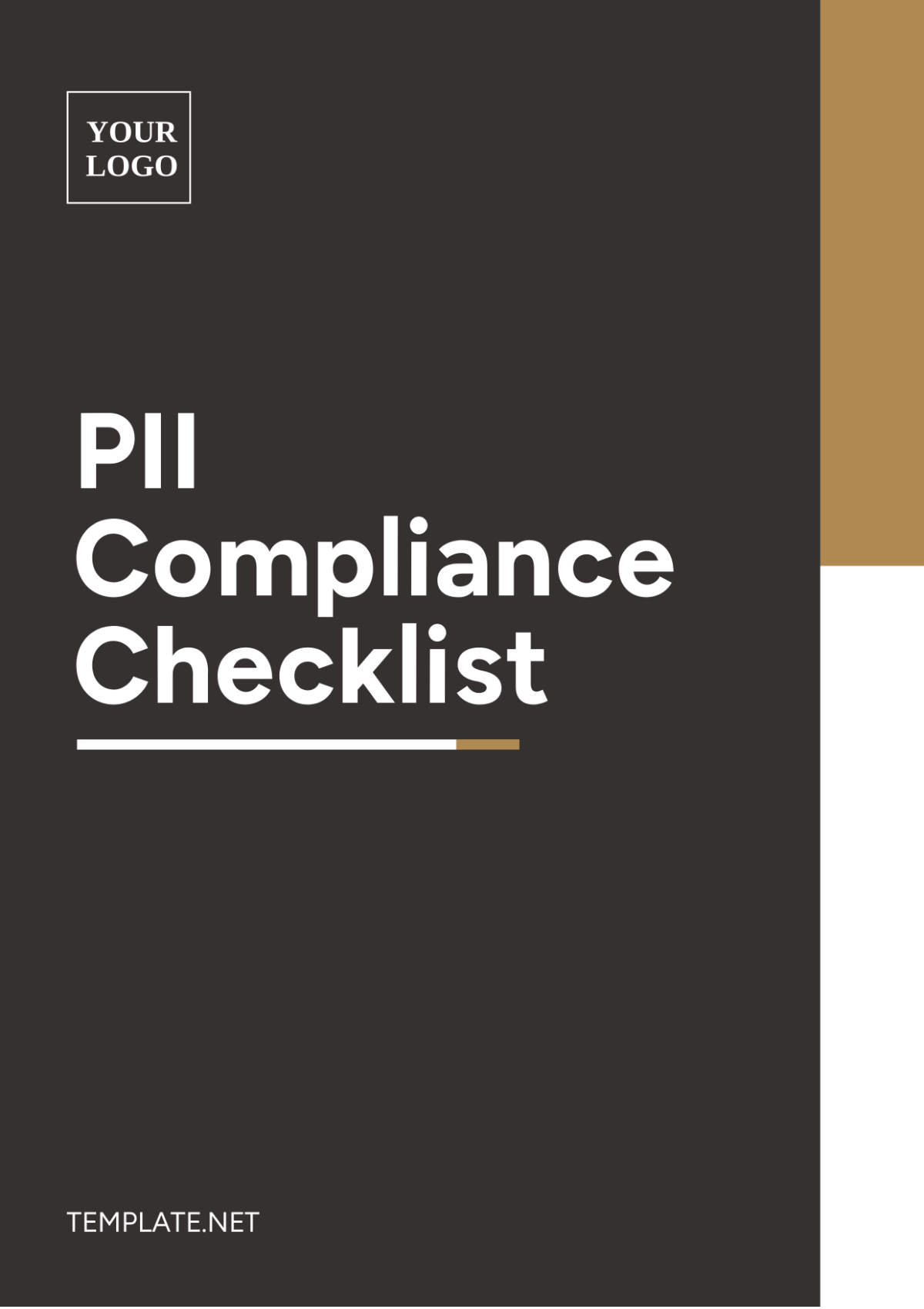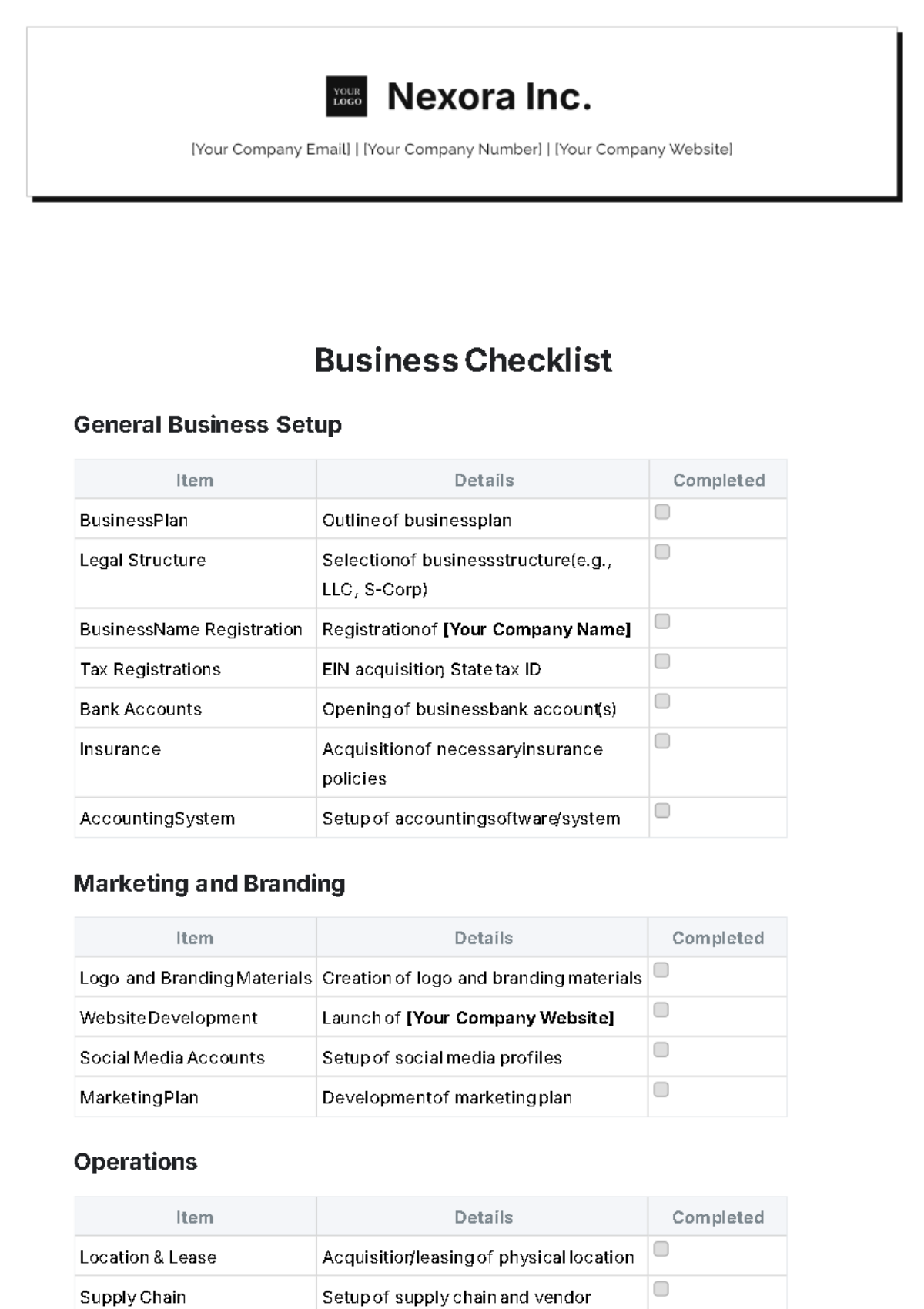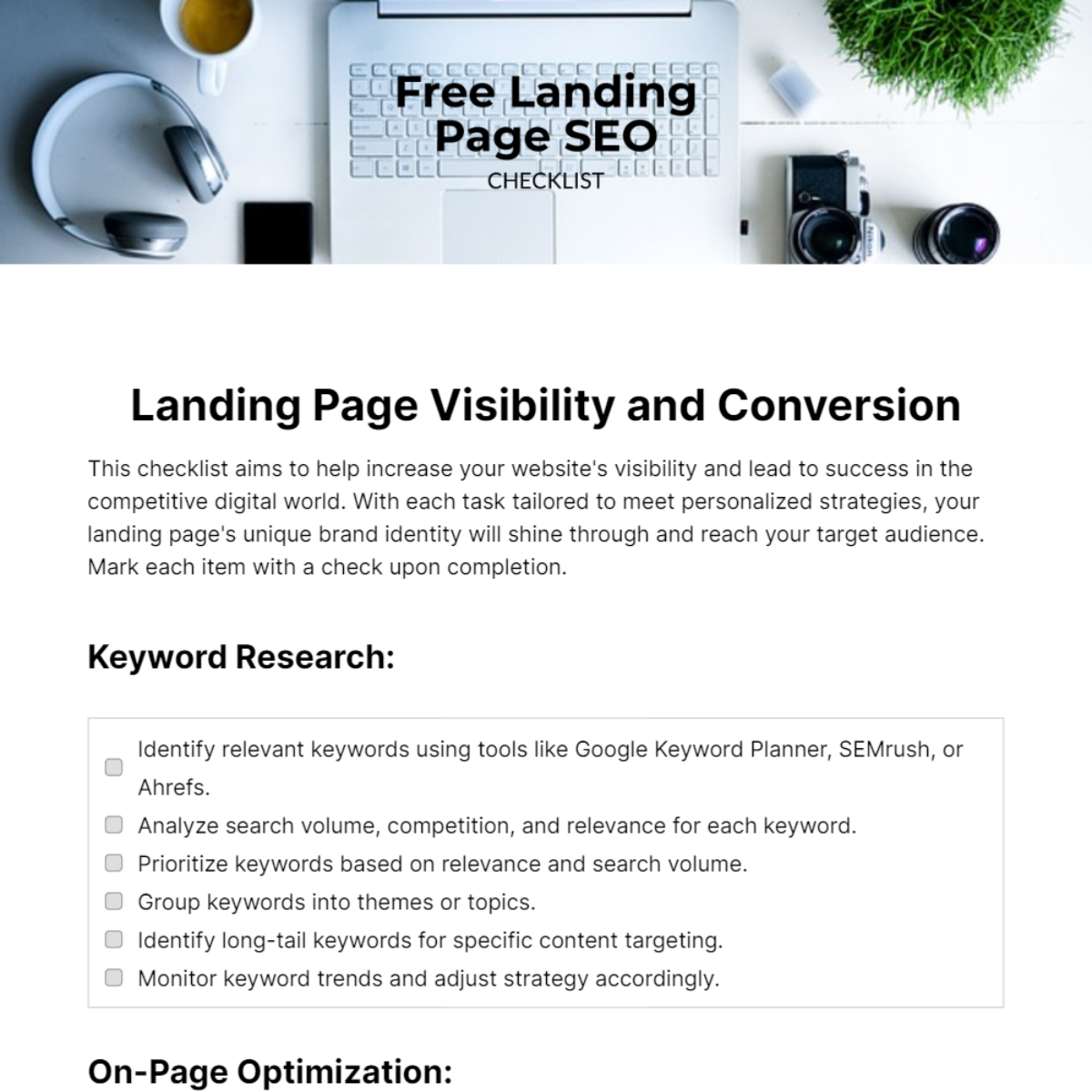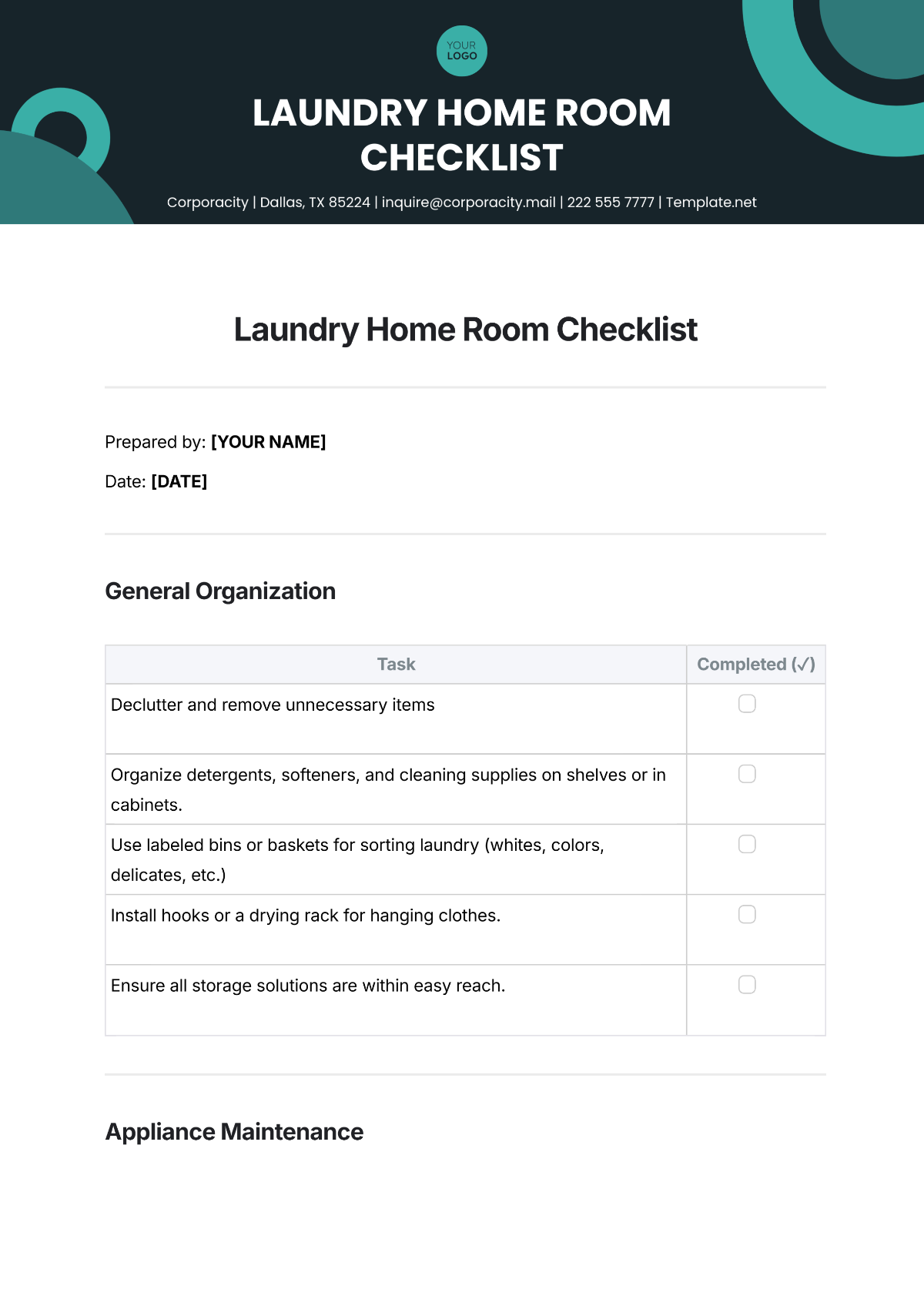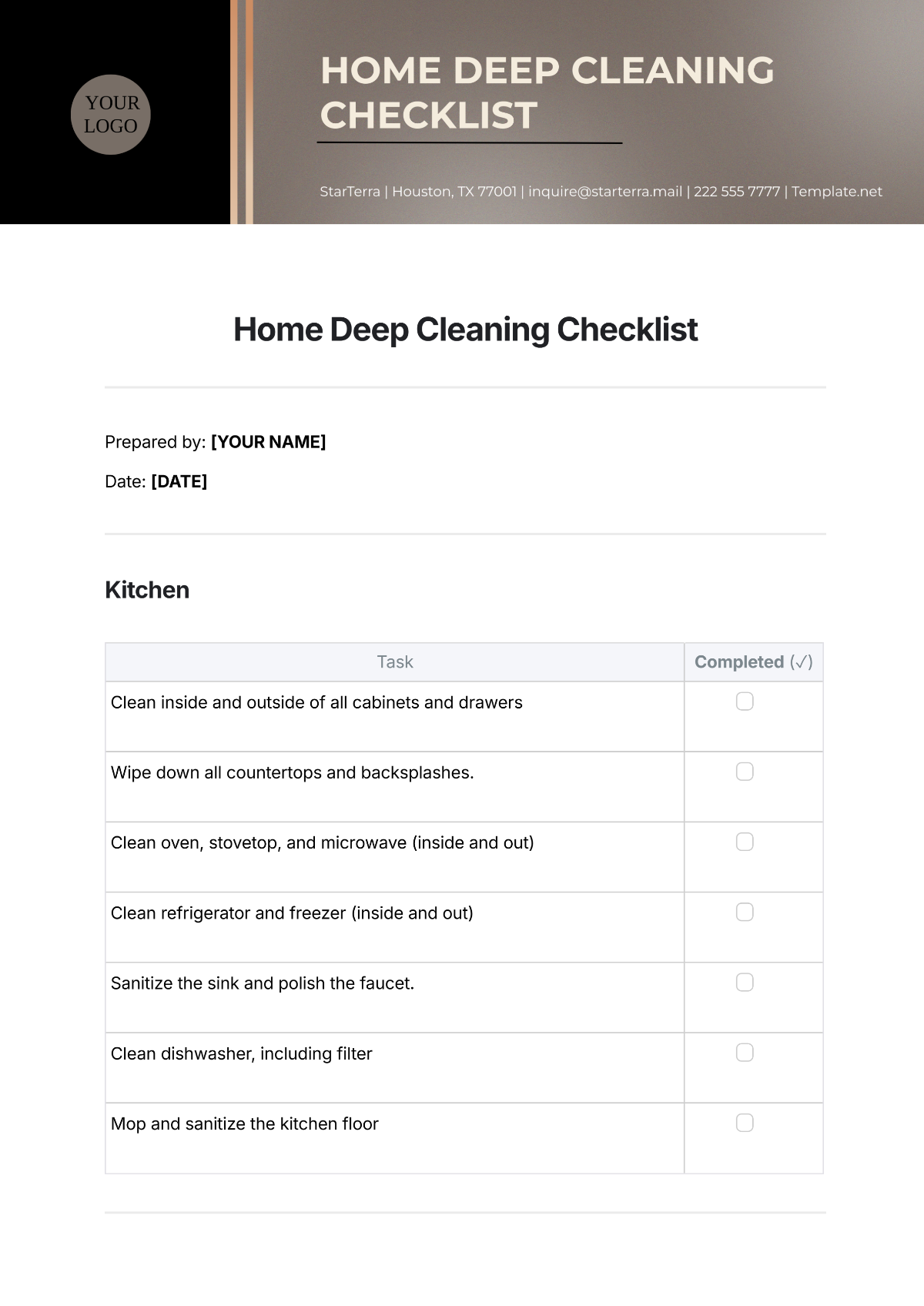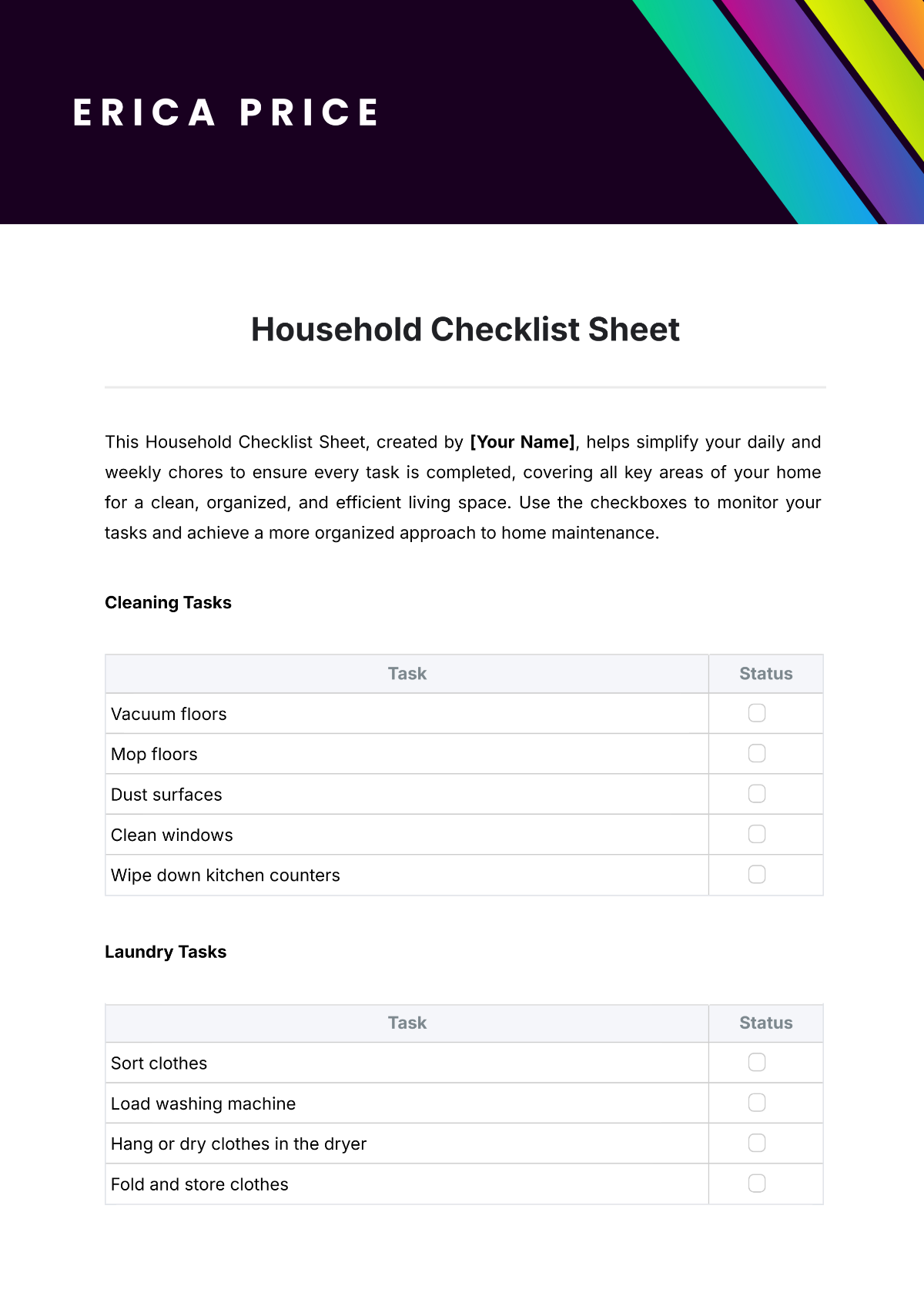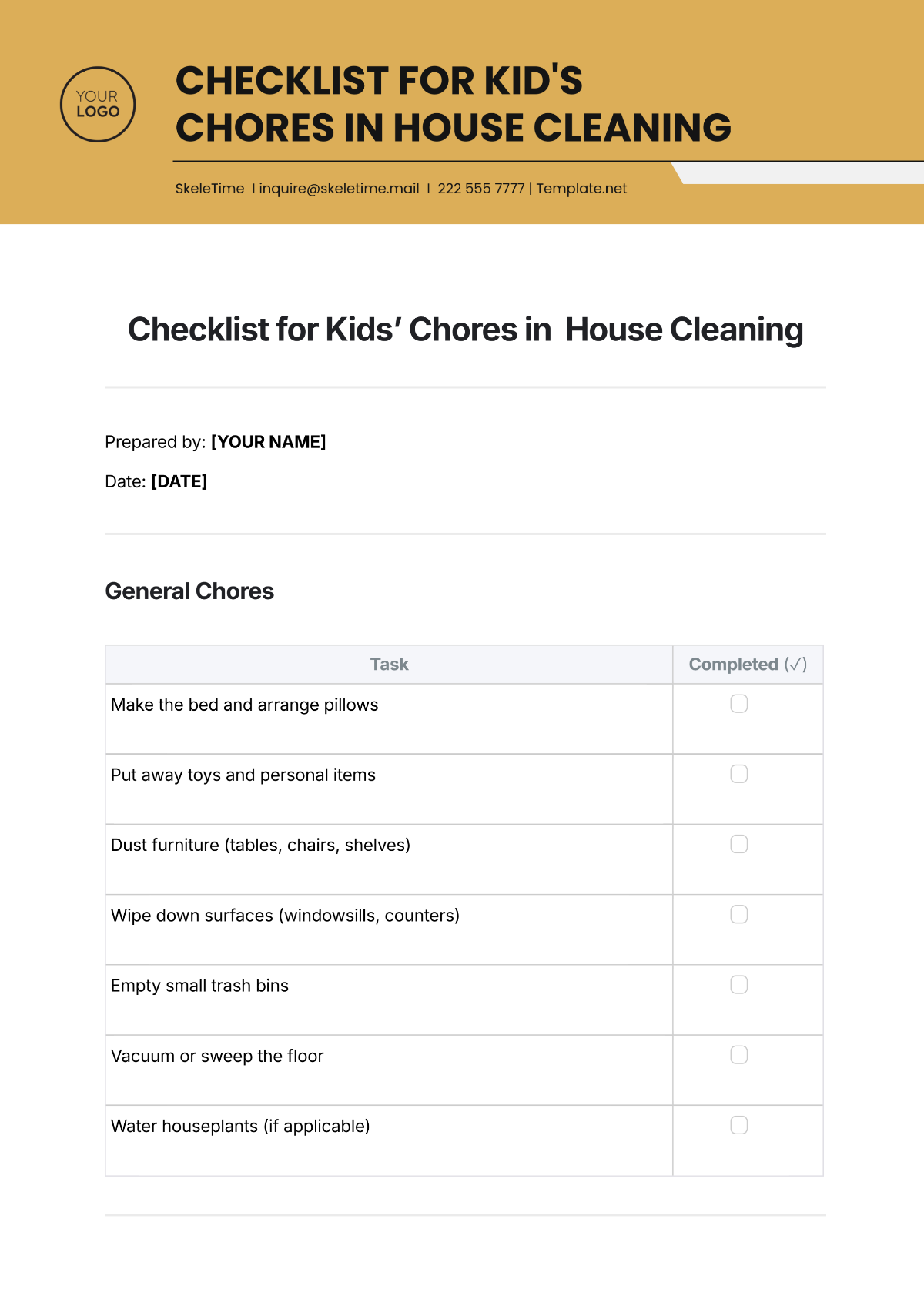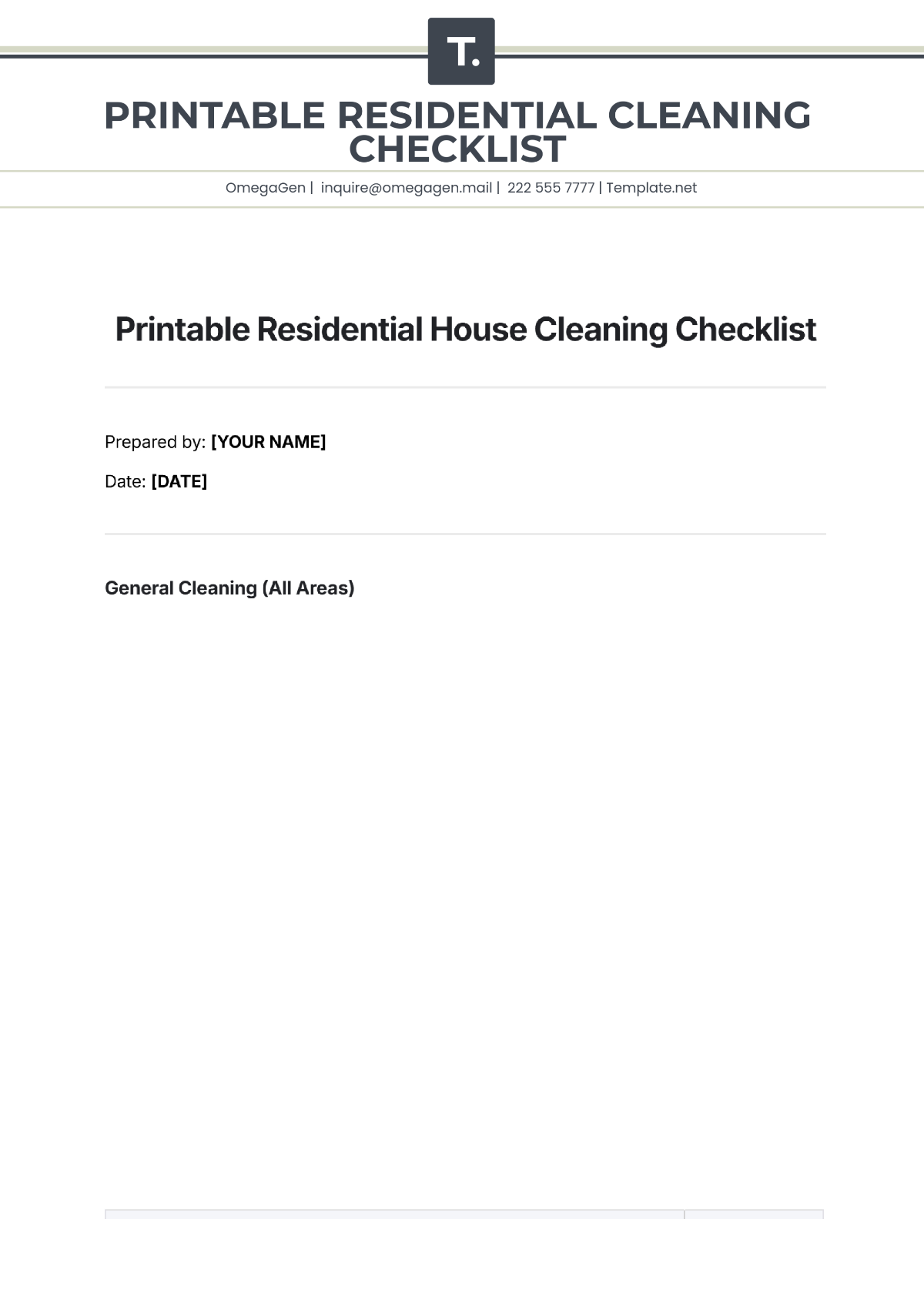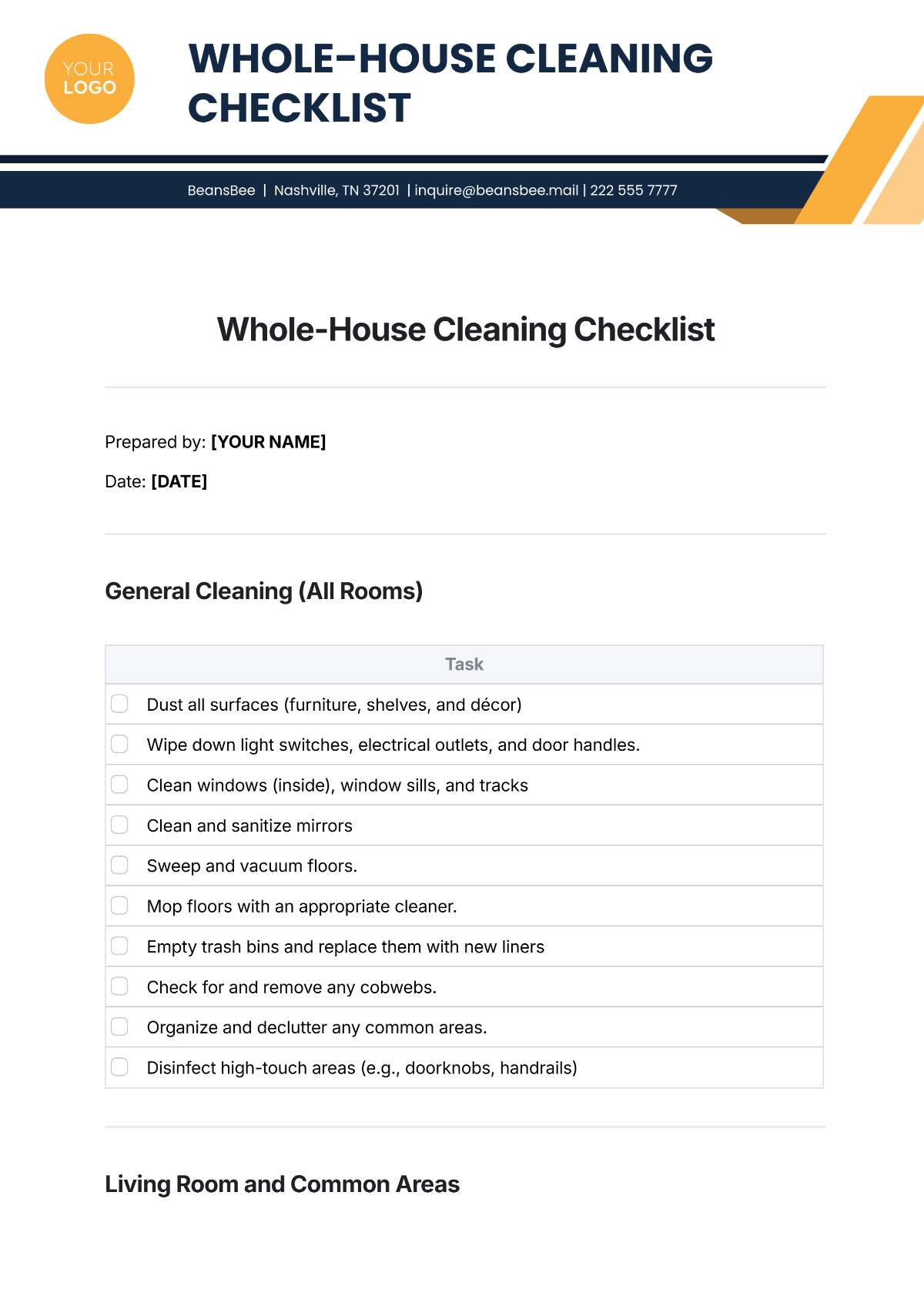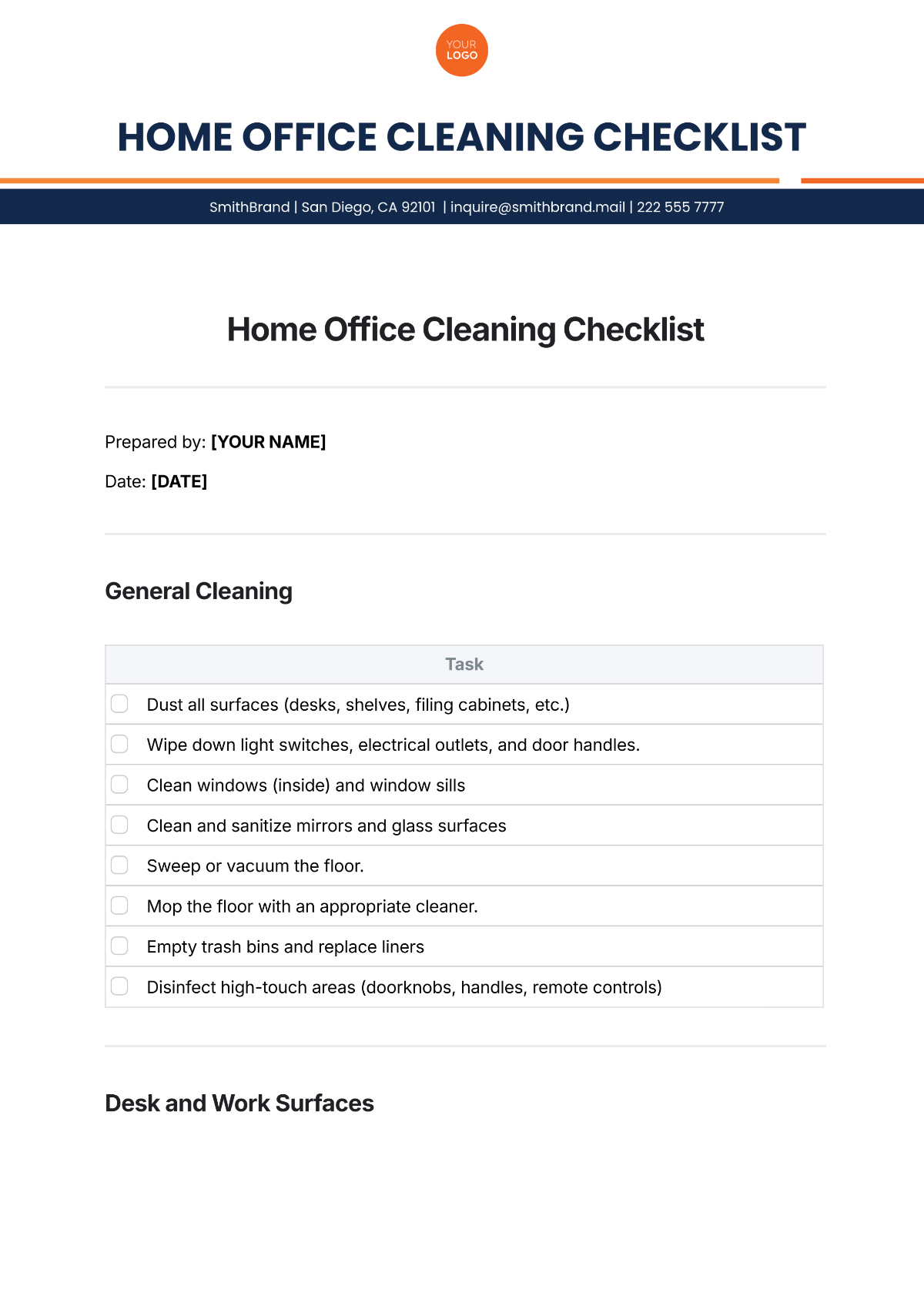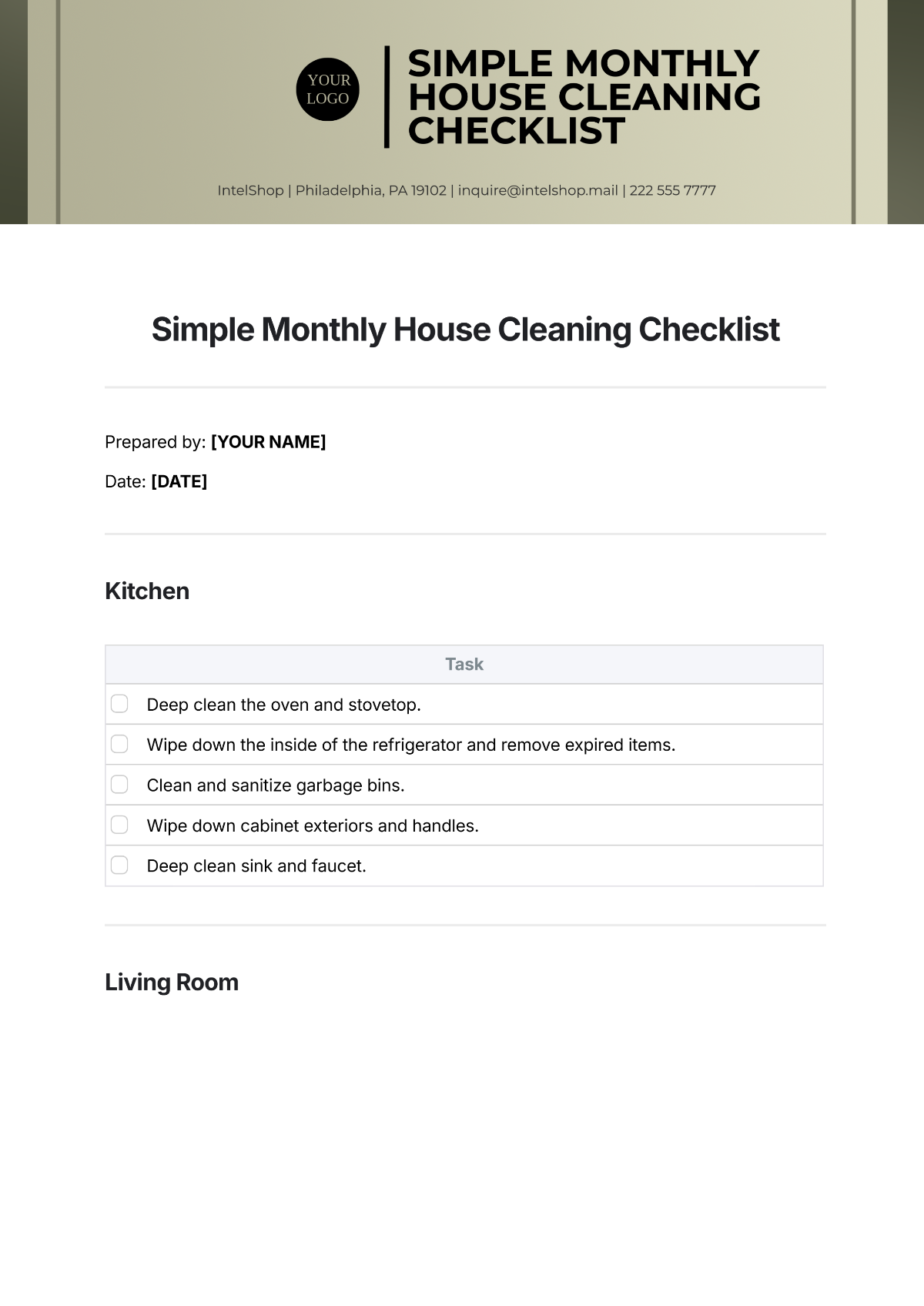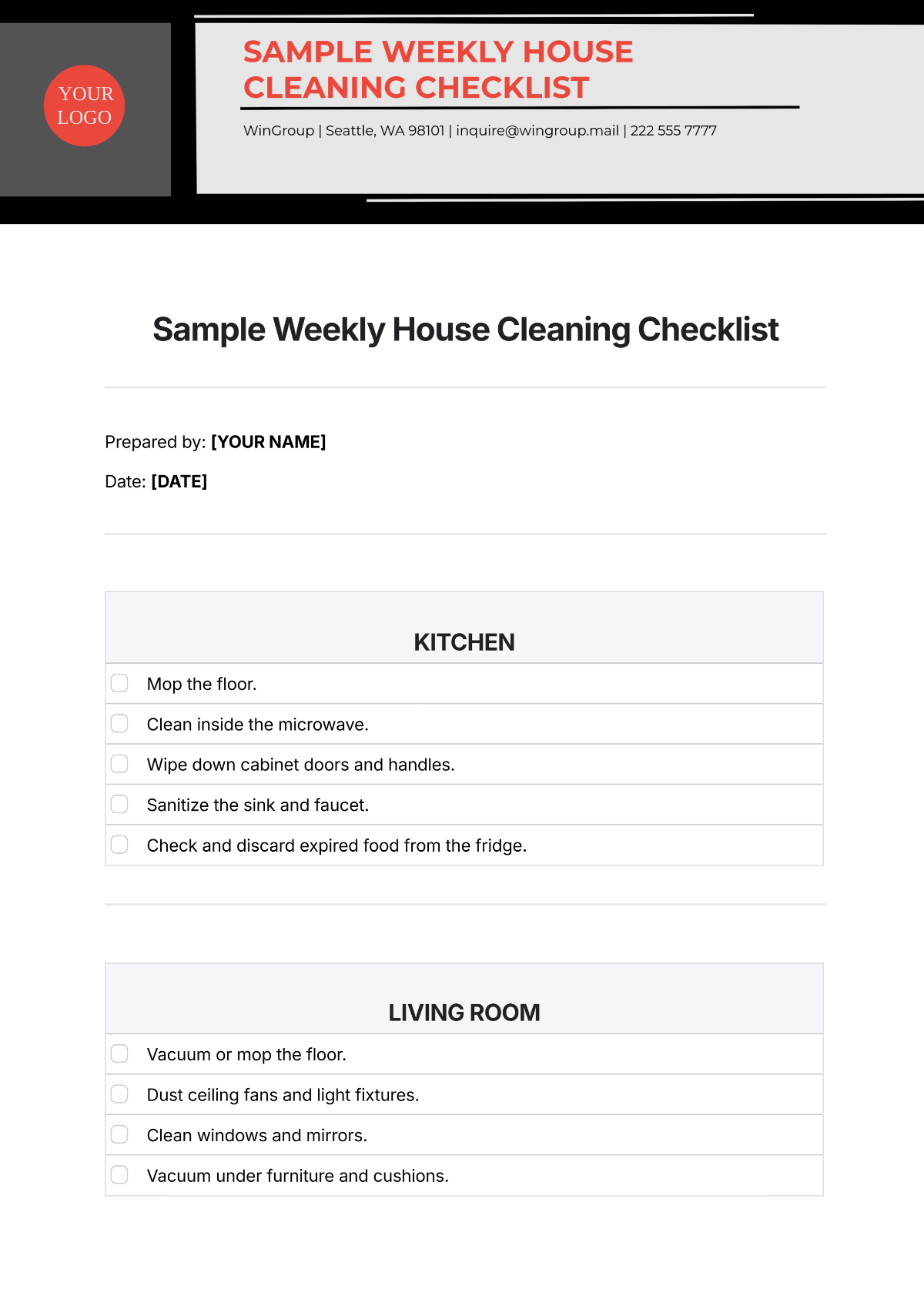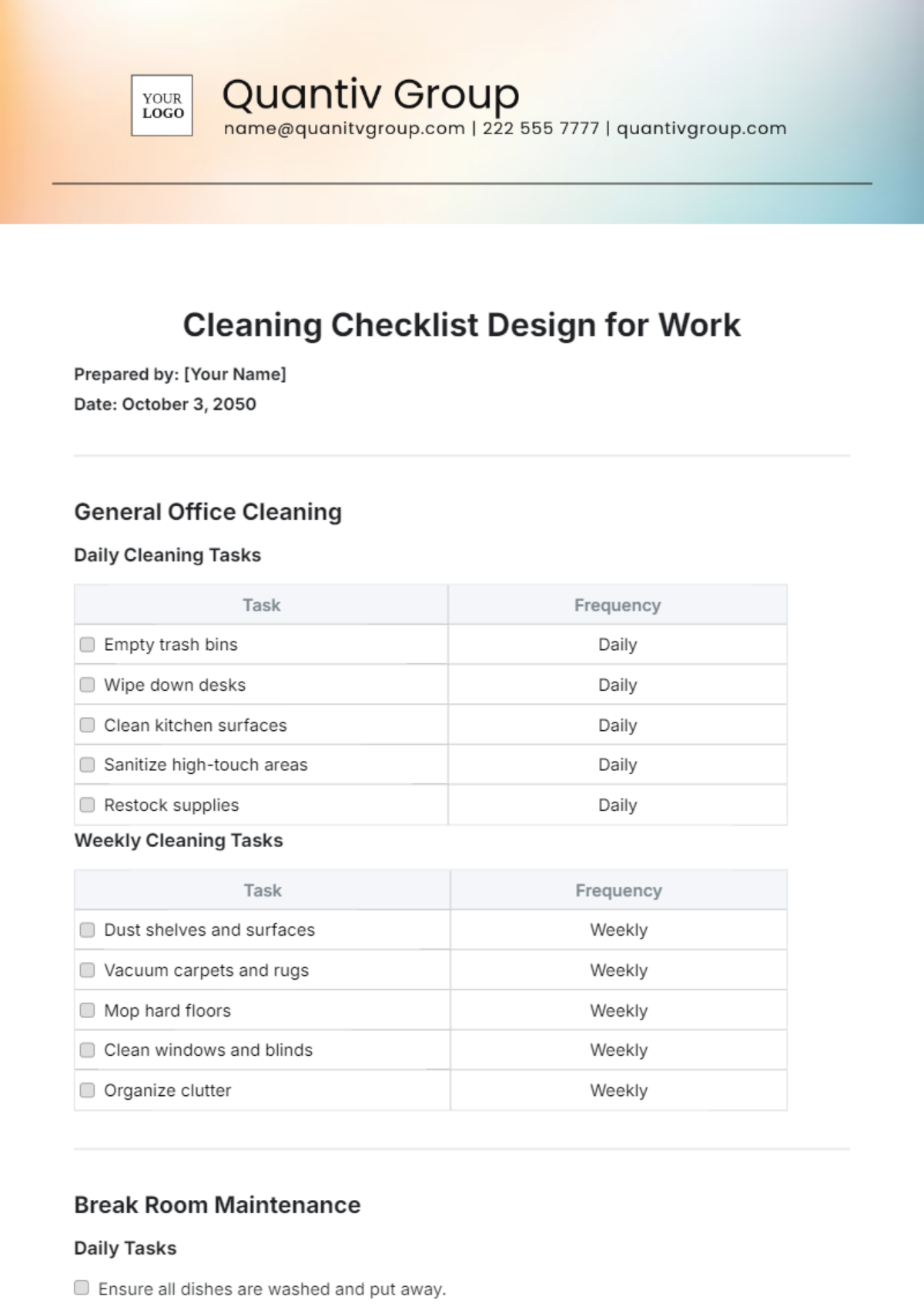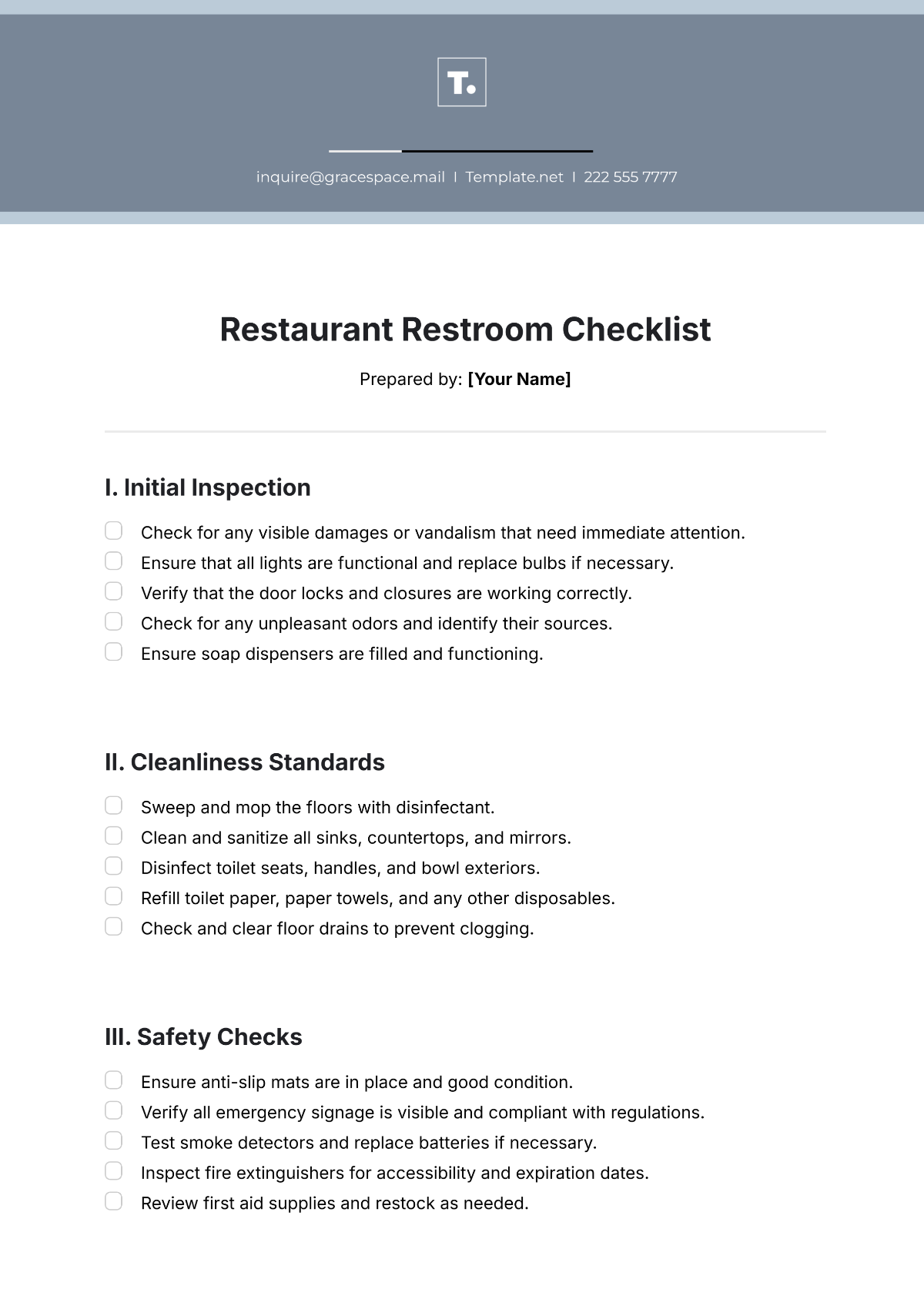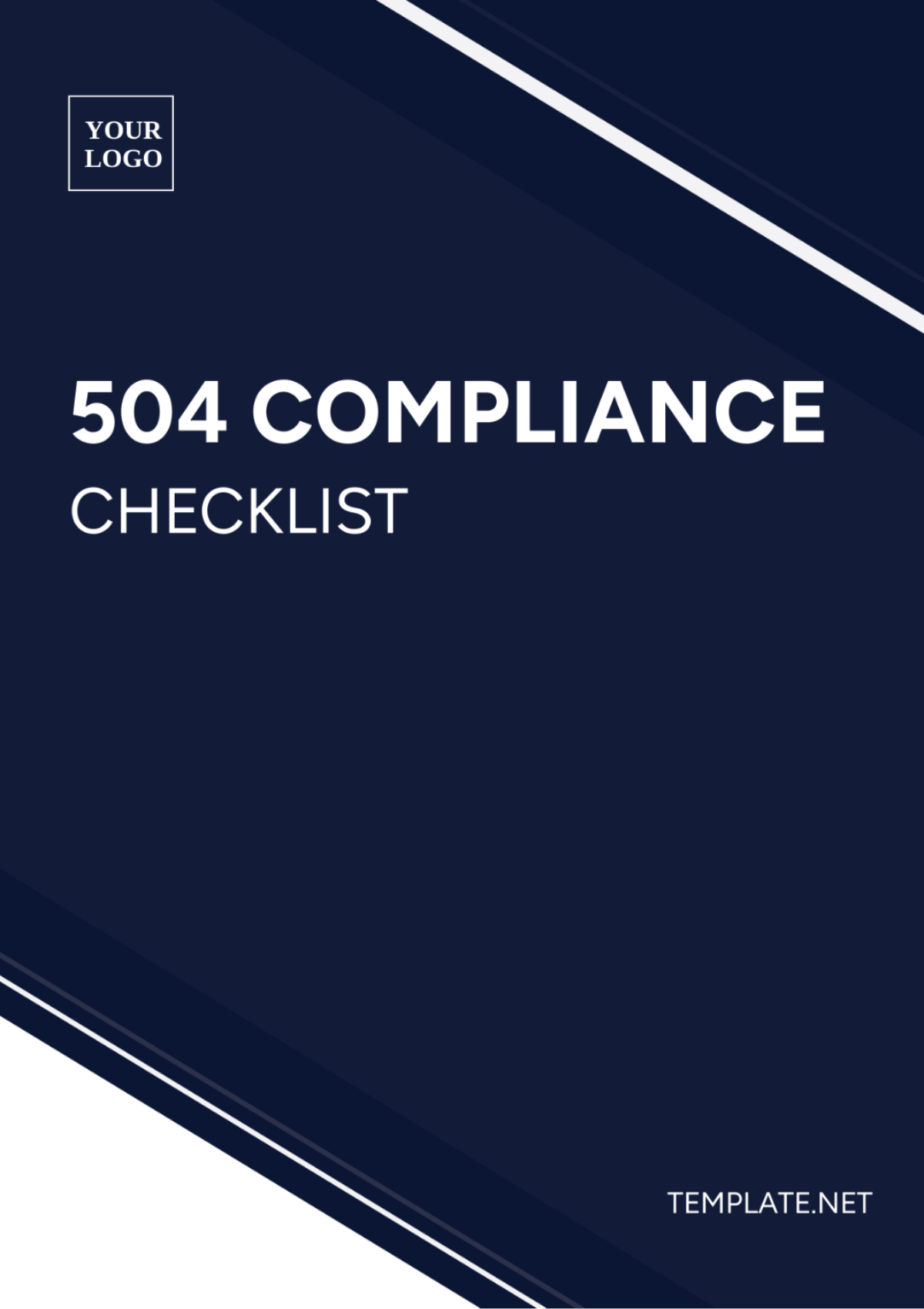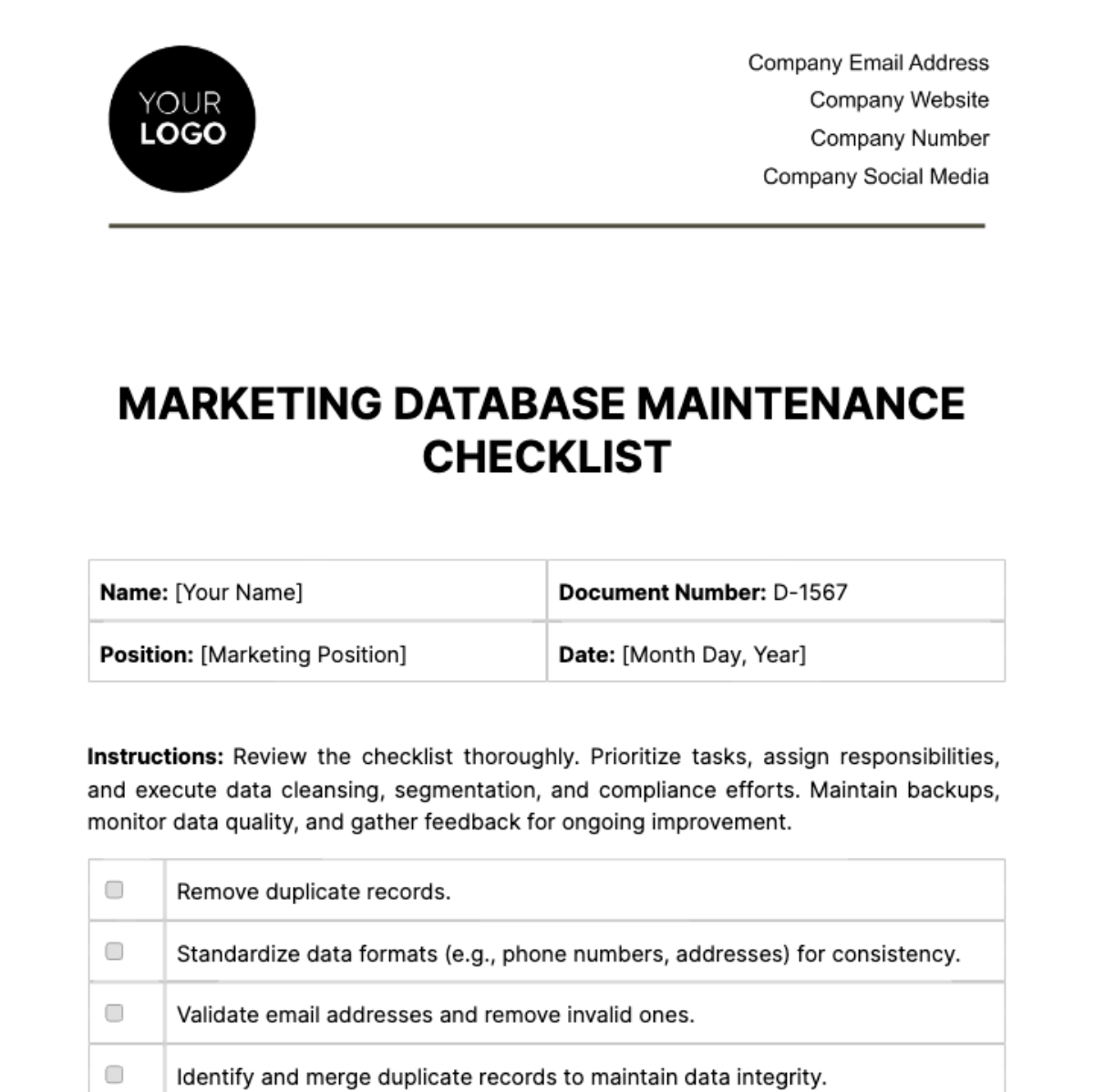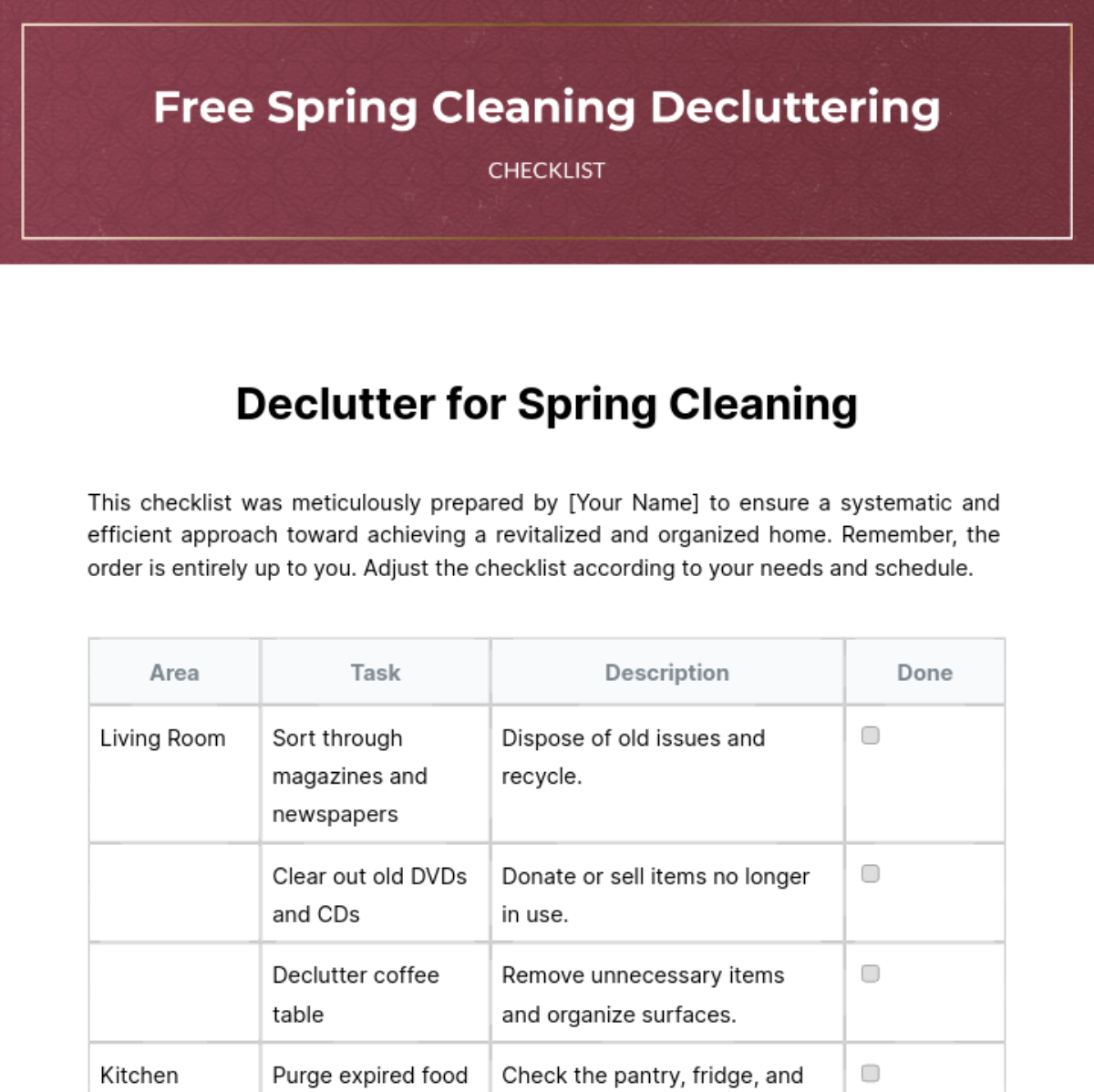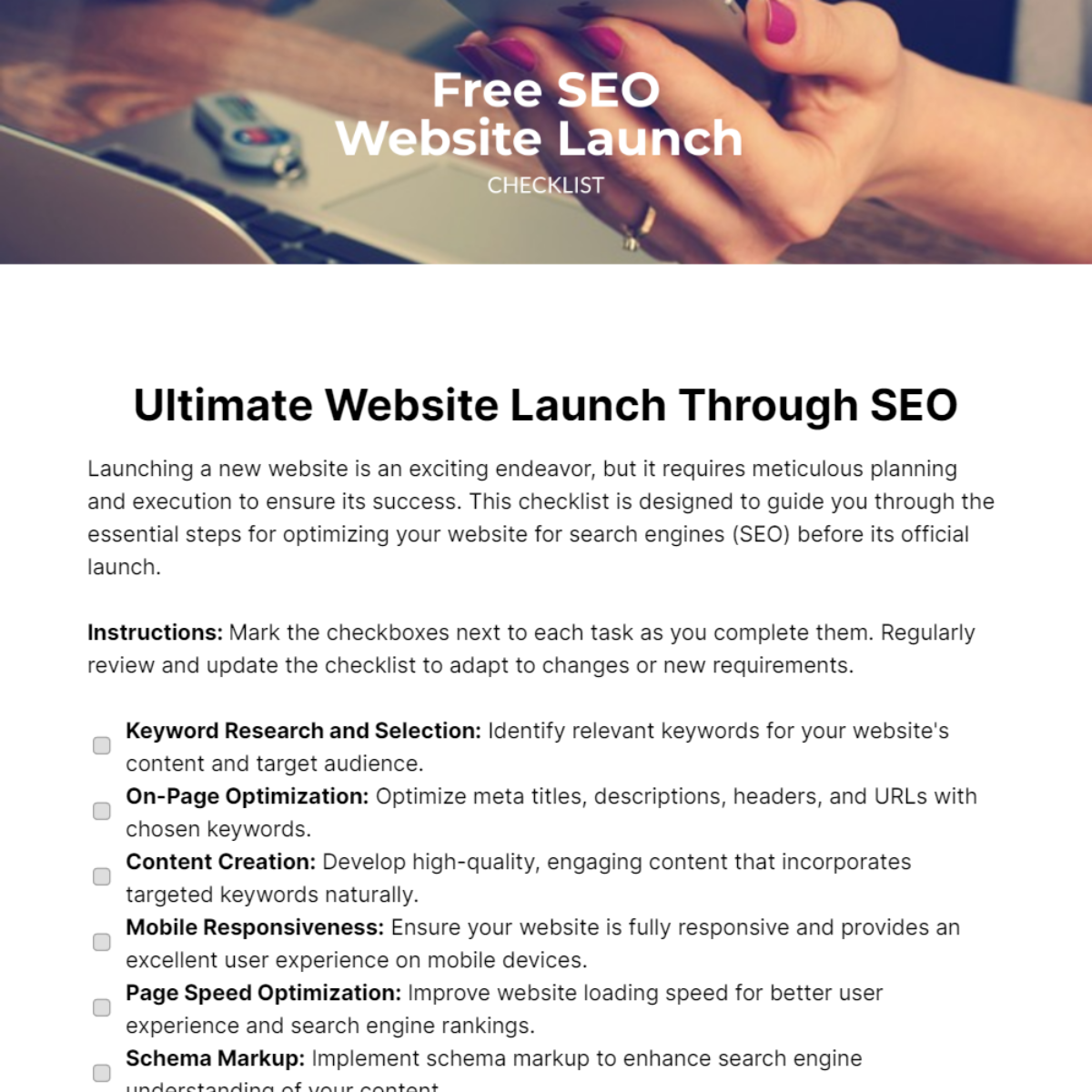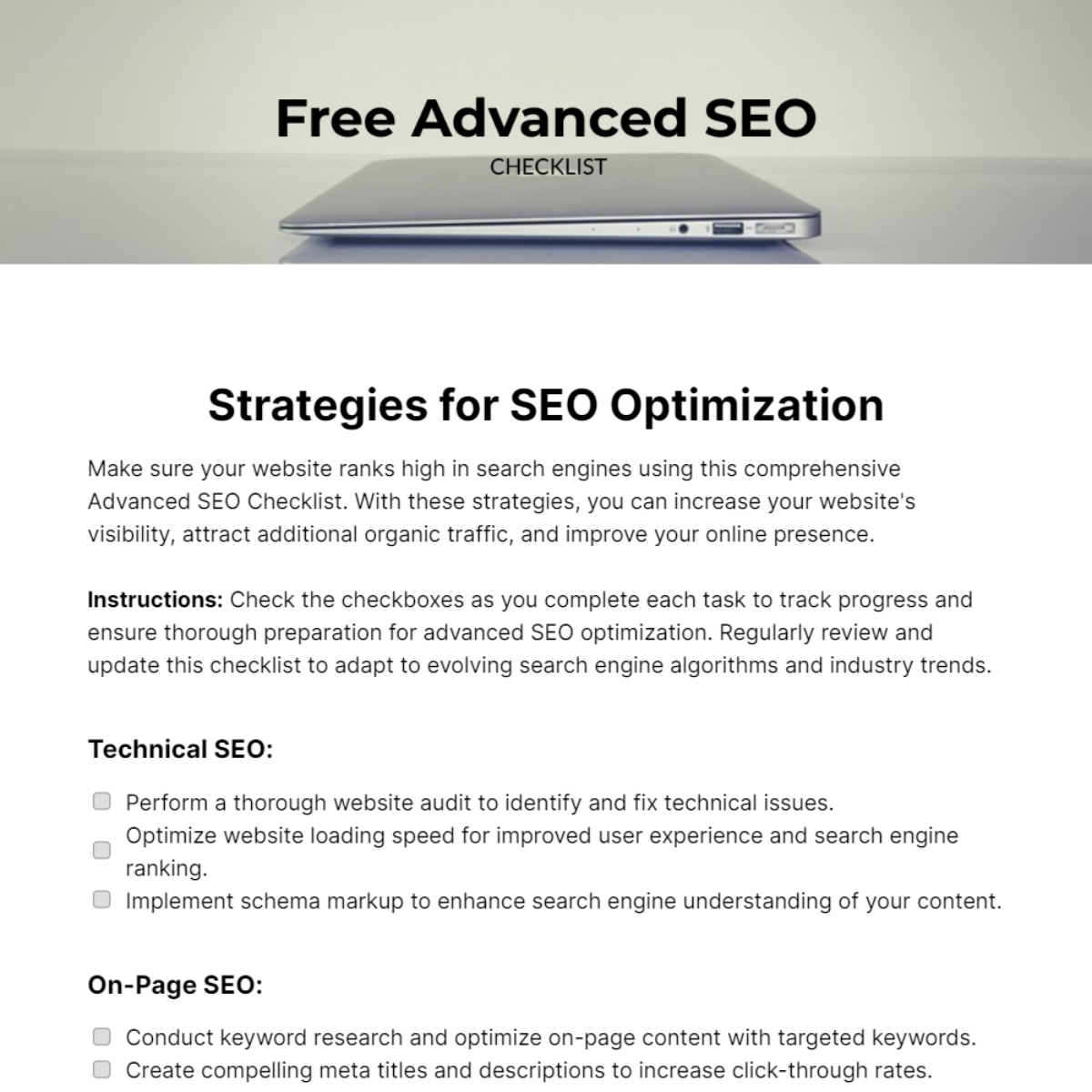On-Page SEO Checklist: Boost Your Website's Performance
Prepared by: [Your Name]
Maximizing your website's visibility and performance in search engine results begins with effective on-page SEO strategies. By following this comprehensive checklist, you can optimize your web pages to attract more organic traffic and enhance user experience.
Keyword Research:
Identify relevant keywords for each web page.
Consider search volume, competition, and relevance.
Title Tag:
Include the primary keyword.
Keep it within 60 characters.
Make it compelling to encourage clicks.
Meta Description:
Write a concise and relevant description.
Include the primary keyword.
Keep it within 160 characters.
URL Structure:
Use descriptive, keyword-rich URLs.
Avoid lengthy URLs with unnecessary parameters.
Separate words with hyphens (-).
Heading Tags (H1, H2, etc.):
Utilize H1 for the main title.
Use H2, H3, etc., for subheadings.
Include keywords naturally.
Content Optimization:
Ensure high-quality, valuable content.
Use primary and related keywords naturally.
Maintain proper keyword density (avoid keyword stuffing).
Use bullet points, numbered lists, and other formatting to improve readability.
Image Optimization:
Use descriptive file names for images.
Include alt text with relevant keywords.
Compress images for faster loading times.
Internal Linking:
Link to other relevant pages within your website.
Use descriptive anchor text.
Improve navigation and user experience.
External Linking:
Link to authoritative and relevant external sources.
Ensure links open in new tabs (if appropriate).
Avoid linking to low-quality or spammy sites.
Page Load Speed:
Optimize images and scripts to improve loading times.
Use caching and compression techniques.
Minimize redirects and eliminate unnecessary elements.
Mobile-Friendliness:
Ensure the website is responsive and mobile-friendly.
Test across different devices and screen sizes.
Prioritize user experience on mobile devices.
Schema Markup:
Implement structured data markup for rich snippets.
Use schema.org vocabulary to provide search engines with additional context about your content.
Social Sharing:
Include social sharing buttons.
Encourage users to share your content on social media platforms.
Content Freshness:
Update content regularly to keep it relevant.
Add new information, insights, or perspectives.
User Experience (UX):
Ensure a clear, intuitive navigation structure.
Optimize for readability and accessibility.
Minimize intrusive pop-ups or ads that disrupt user experience.
Analytics and Tracking:
Implement tools like Google Analytics and Google Search Console.
Monitor performance metrics regularly and make adjustments accordingly.
